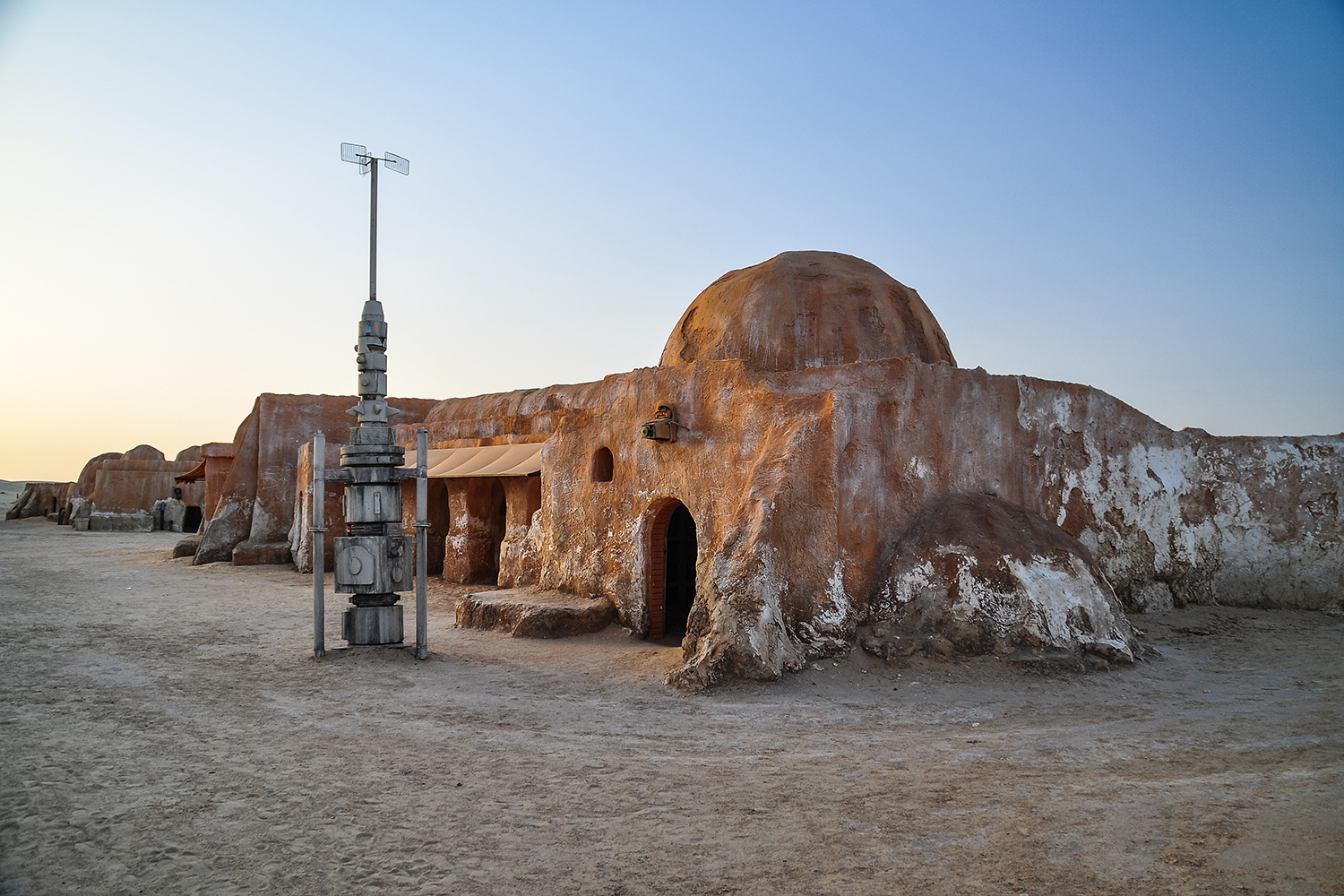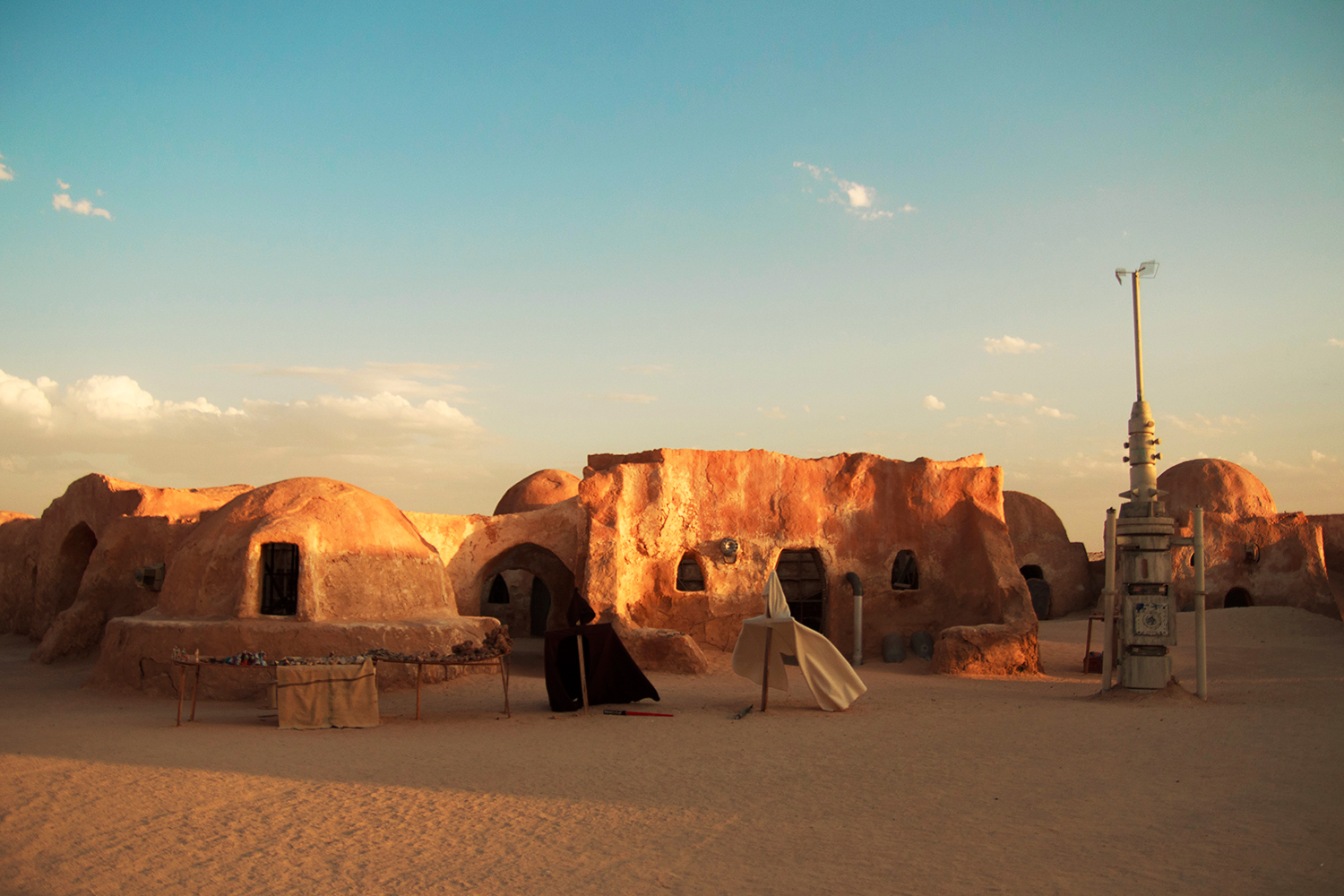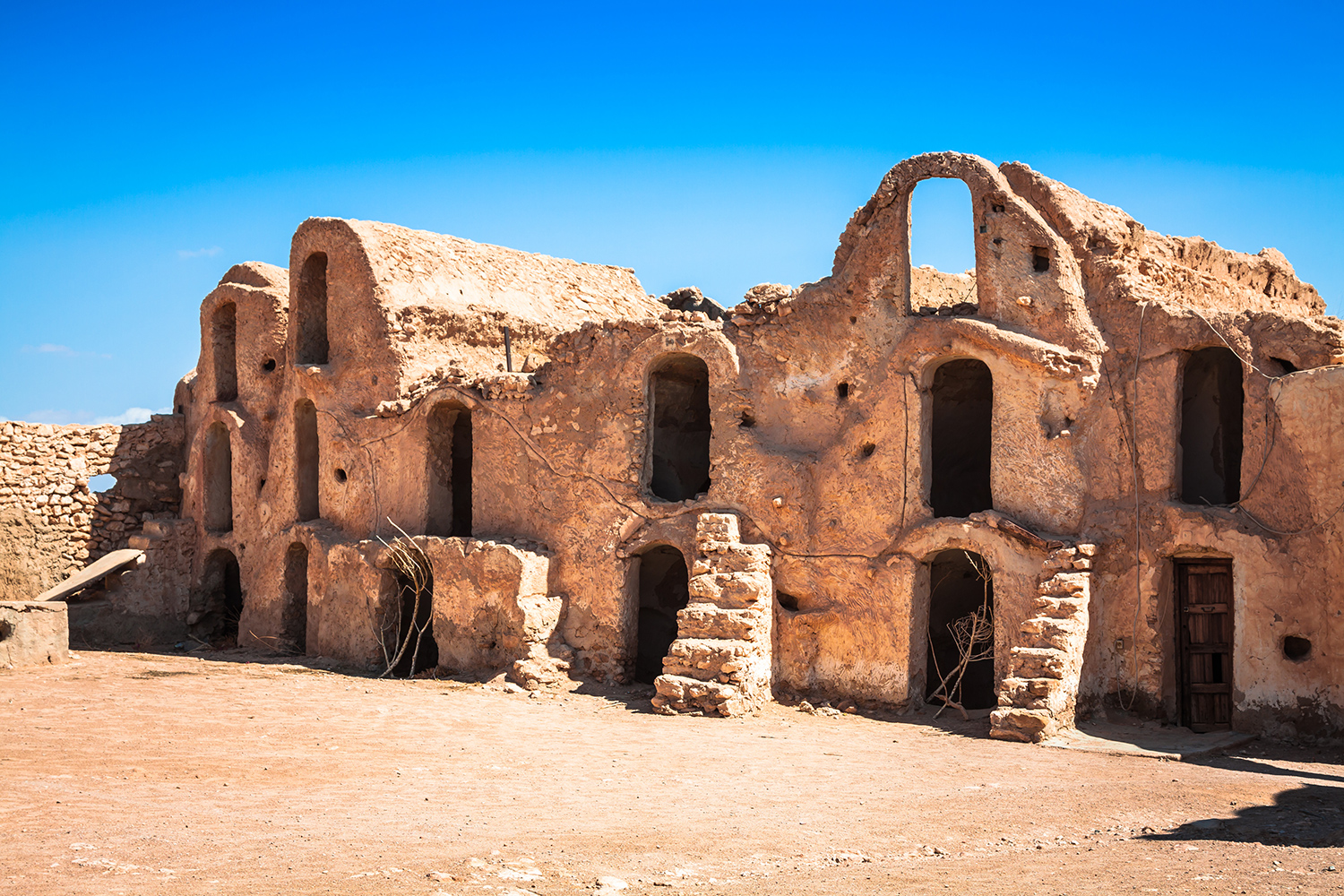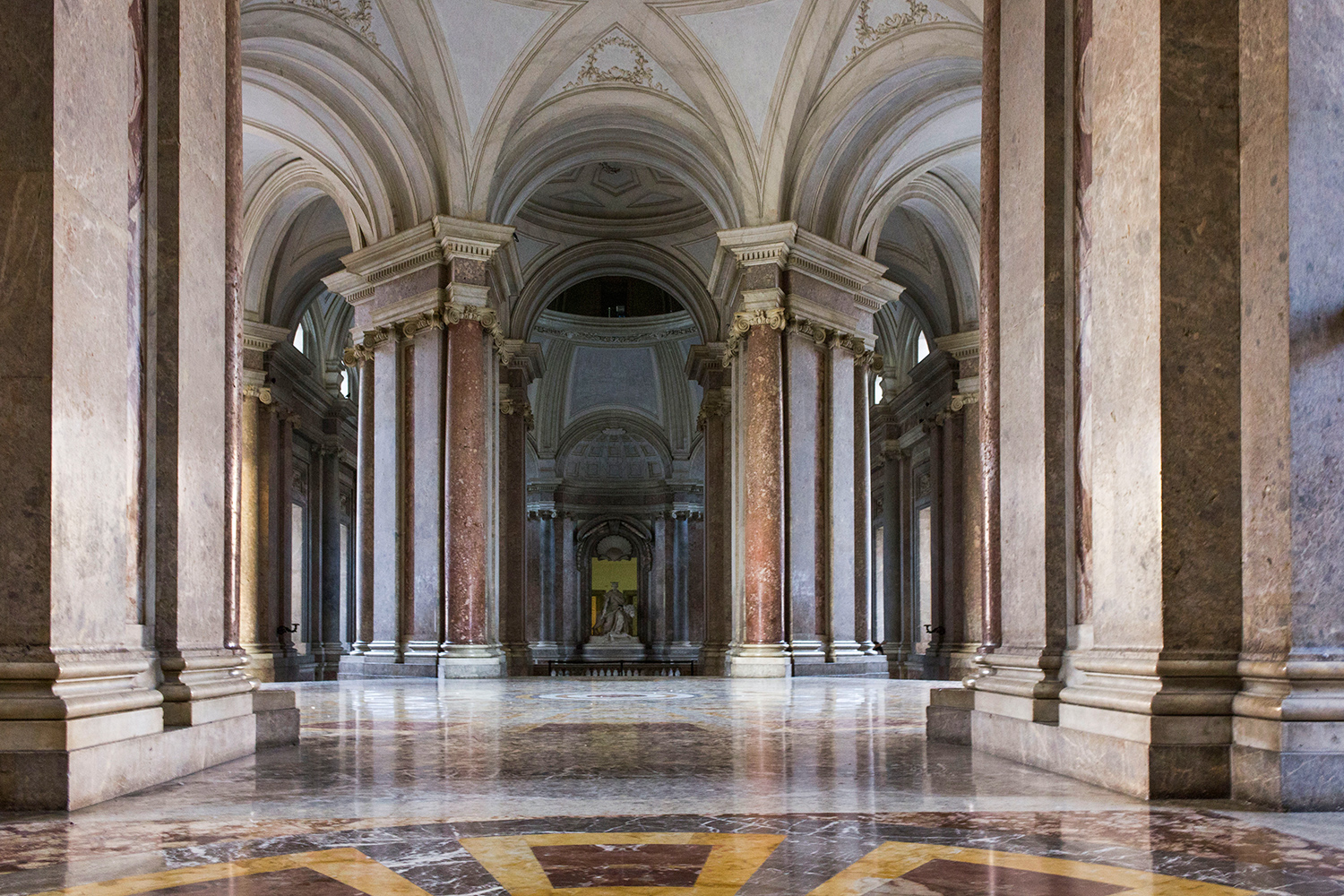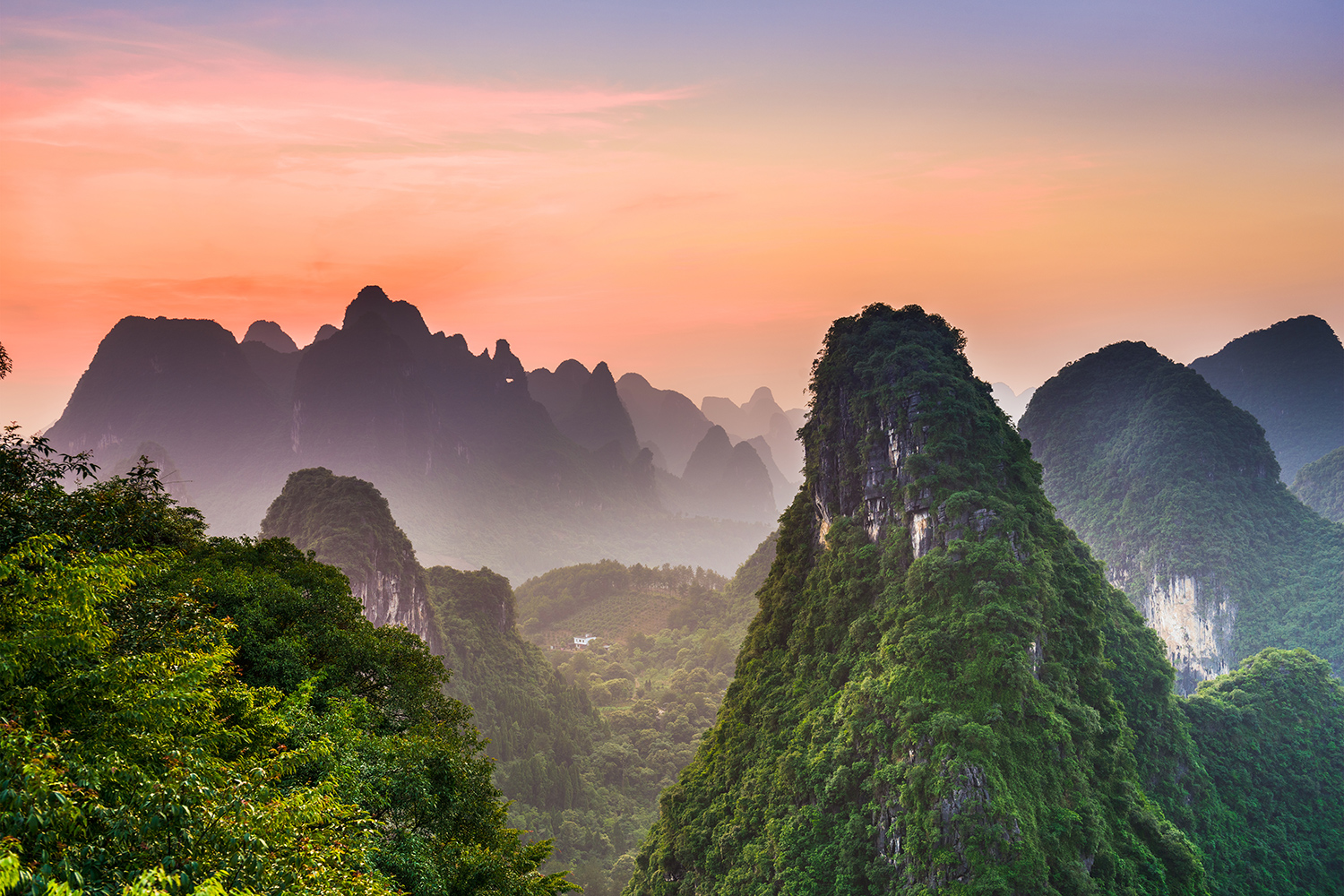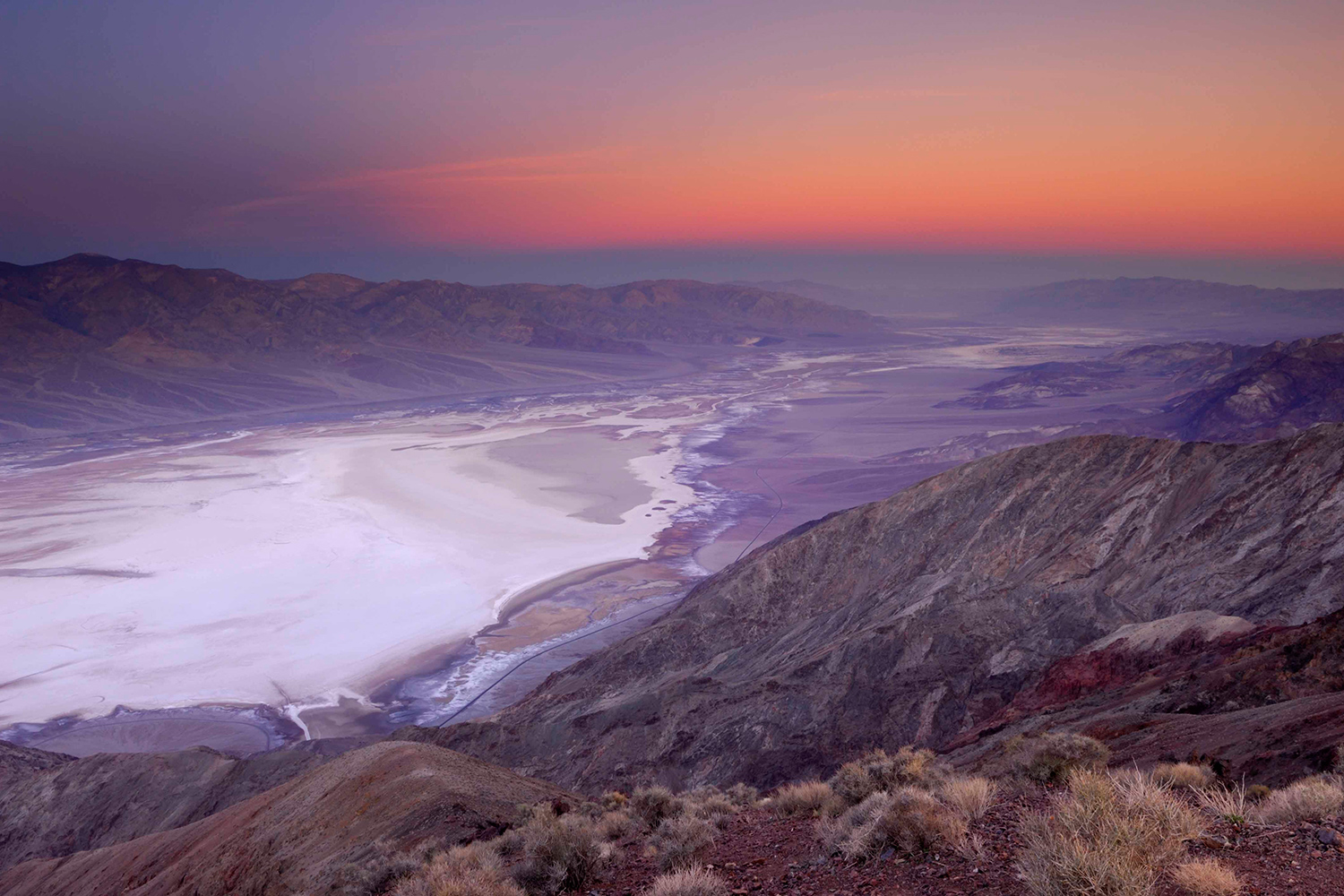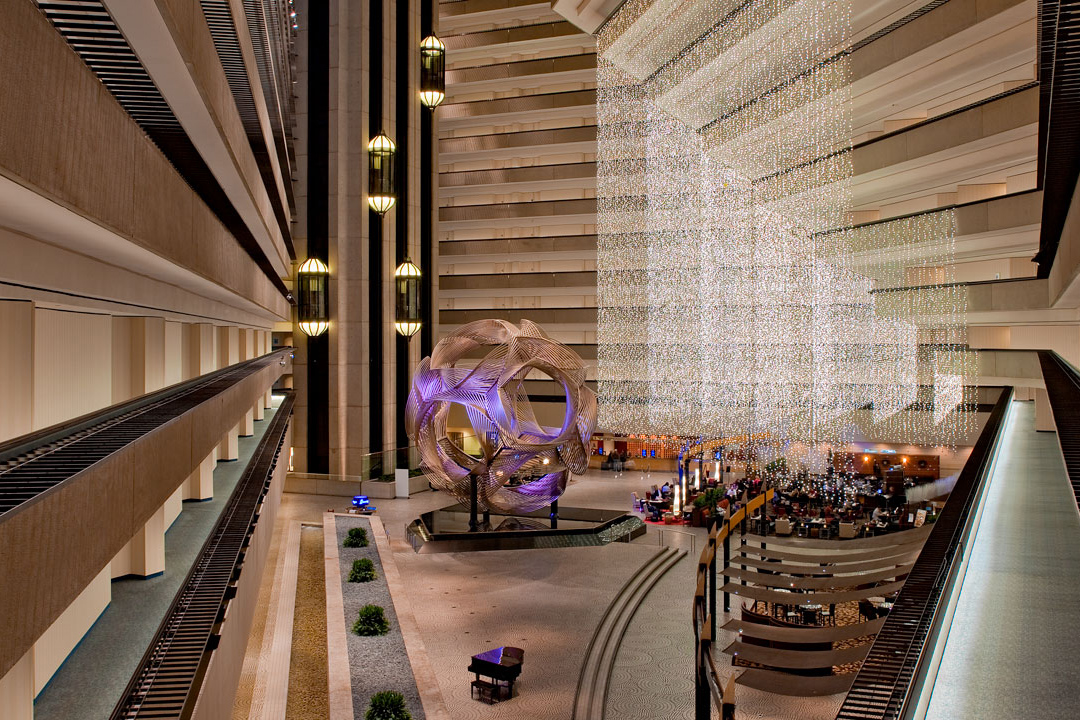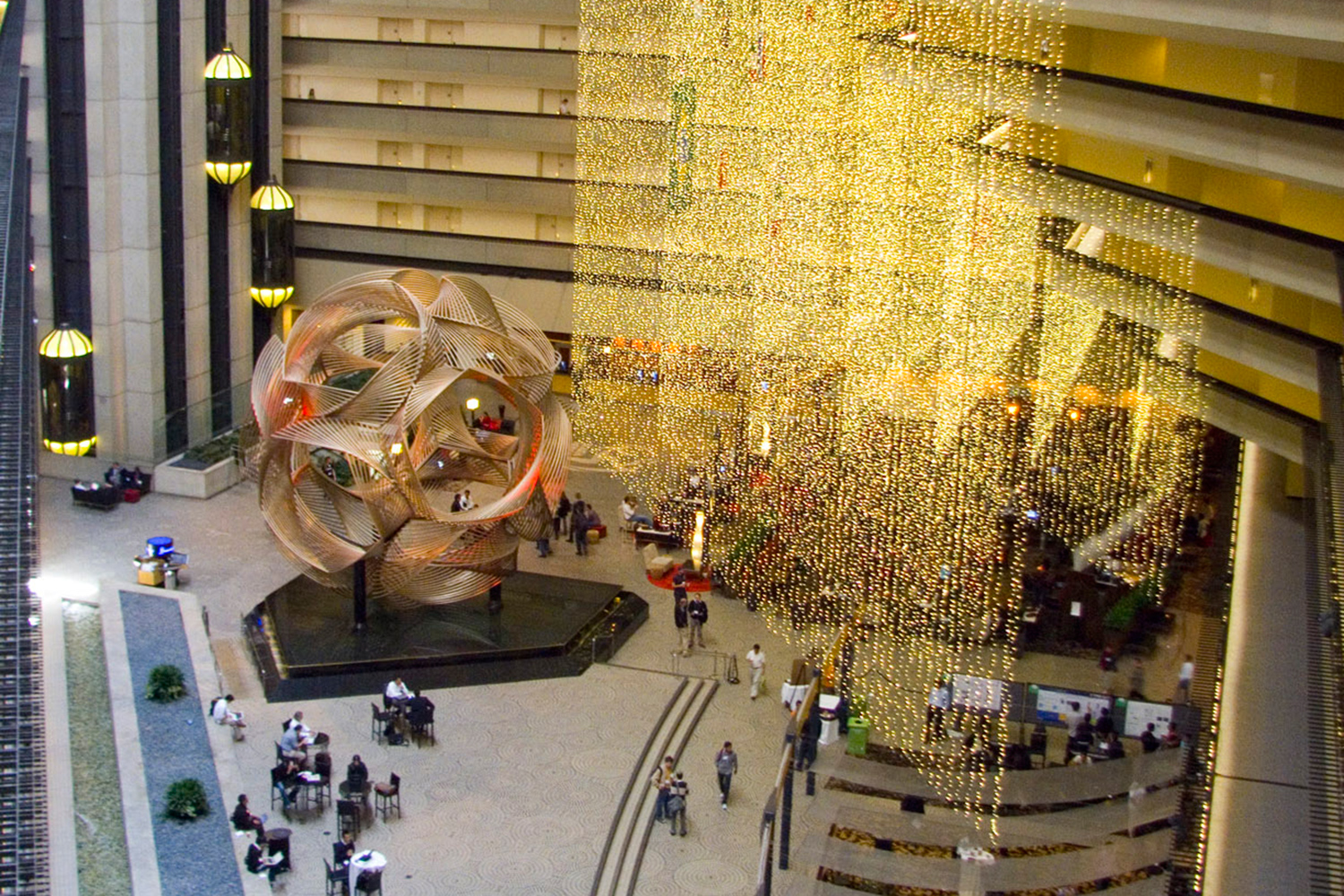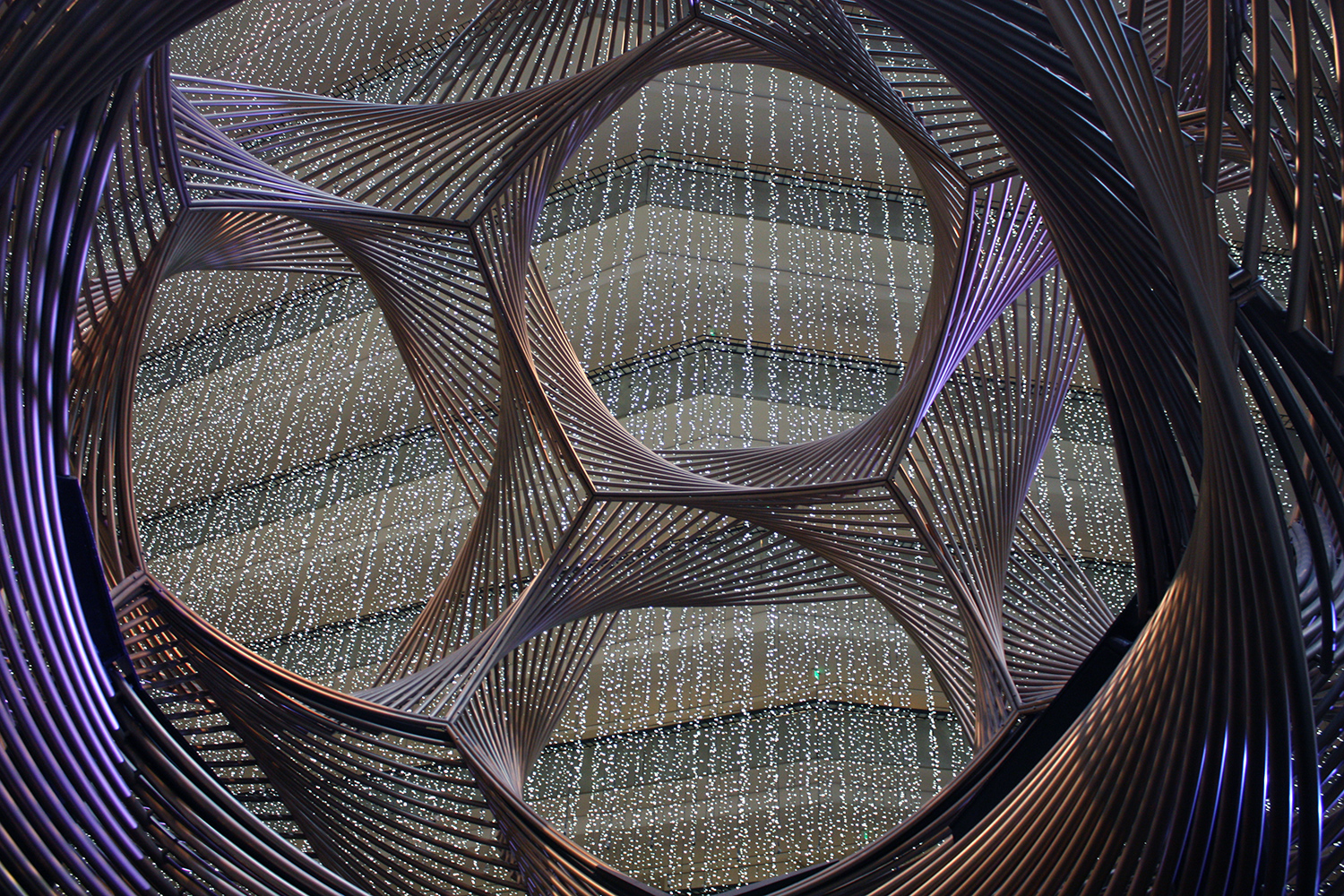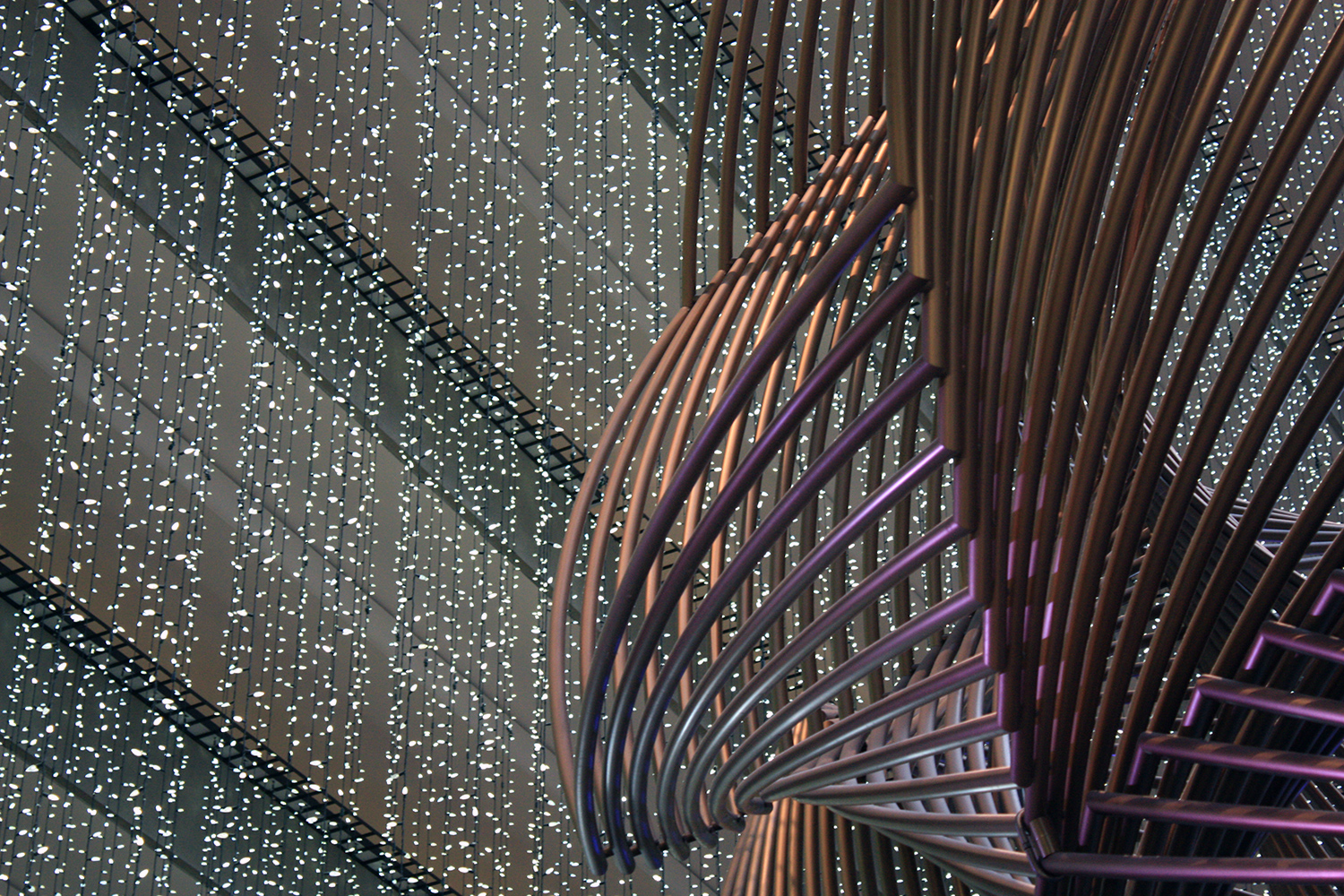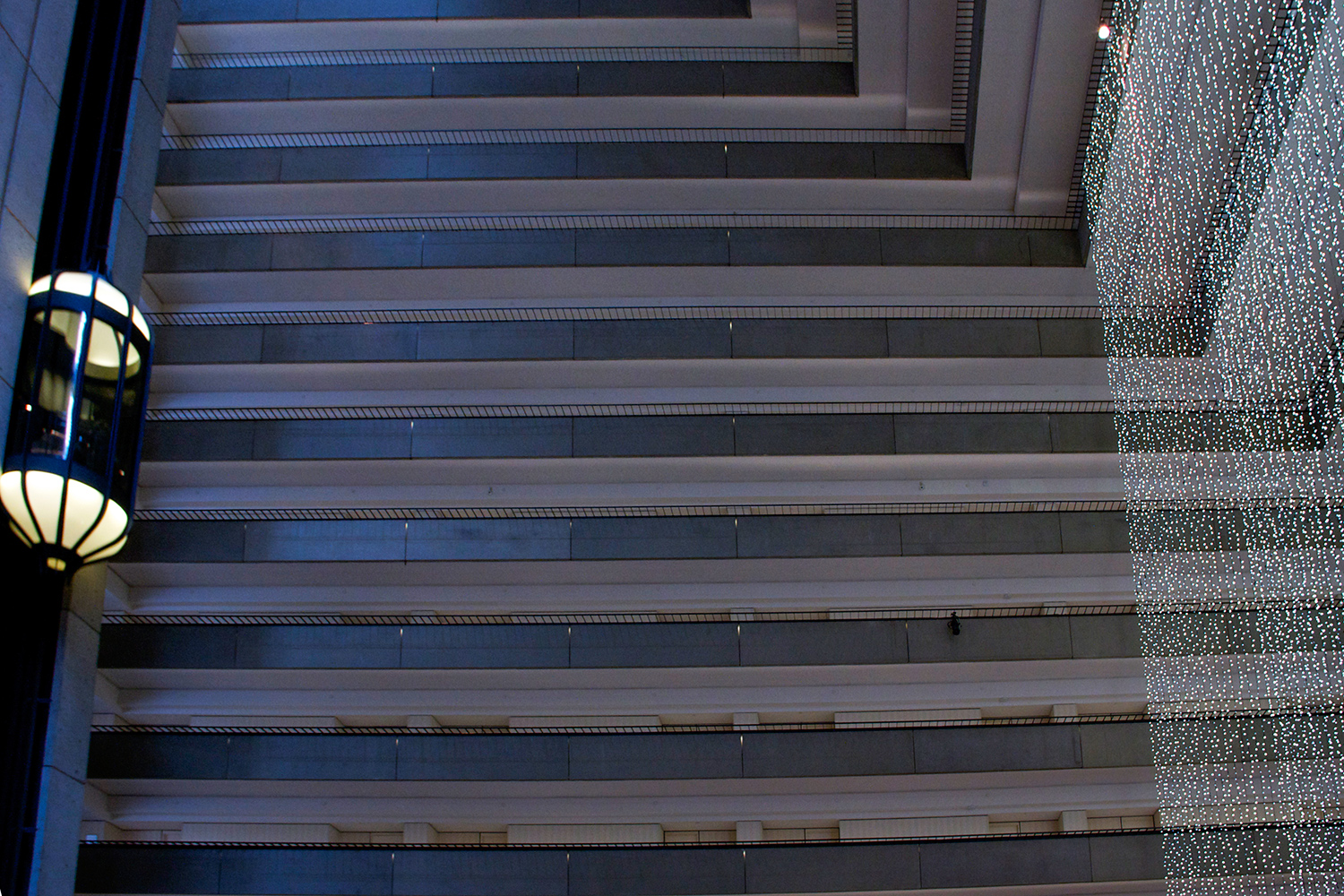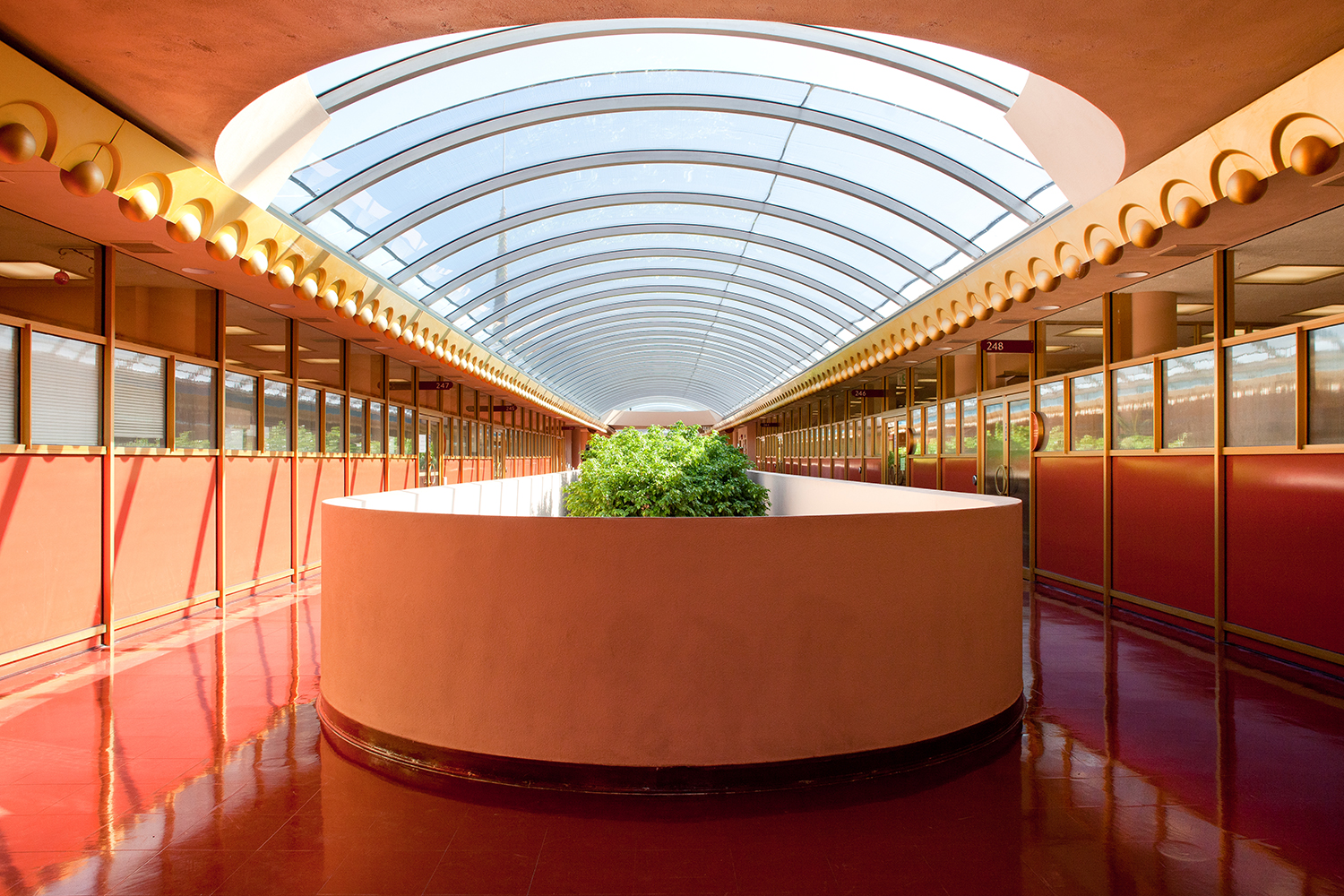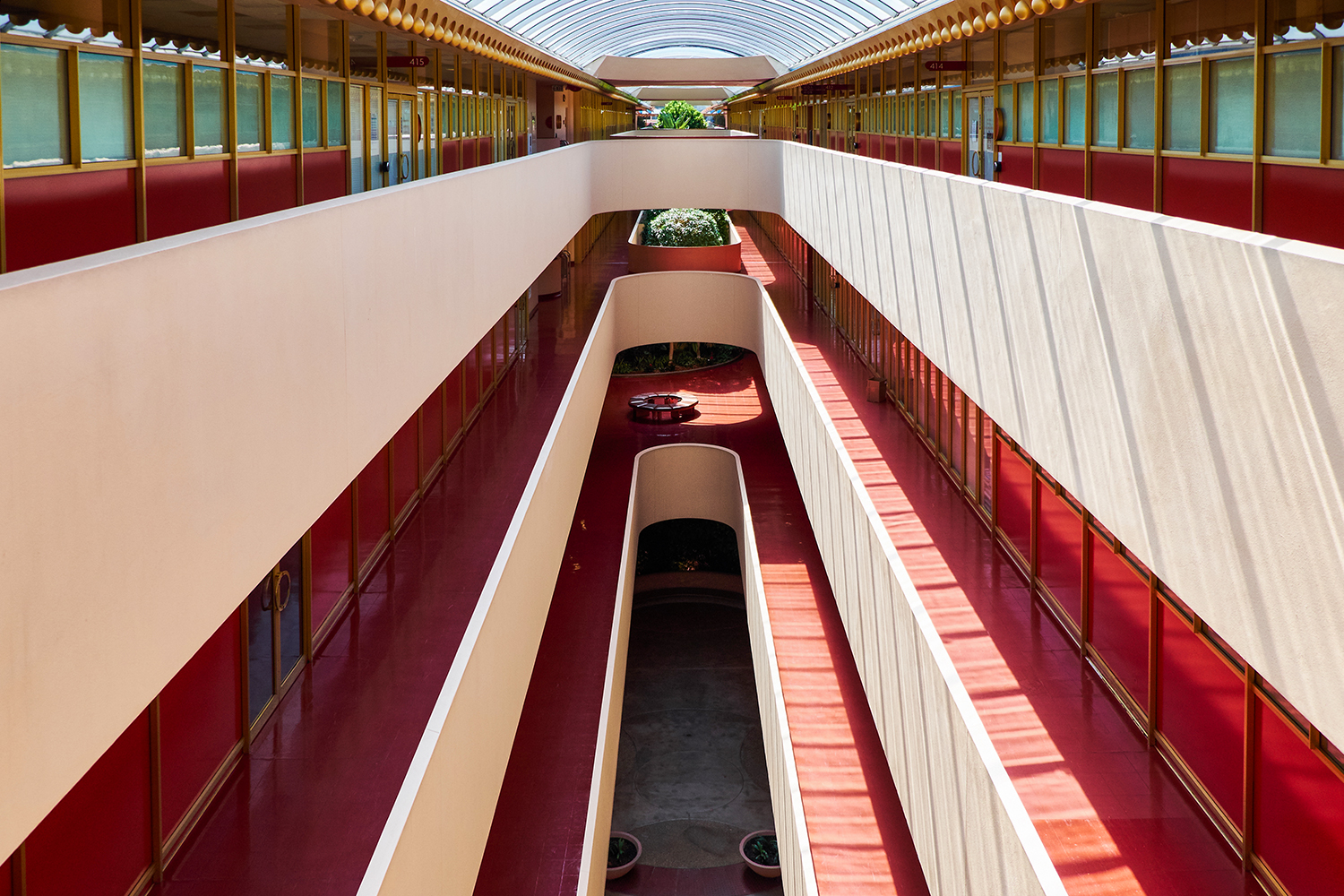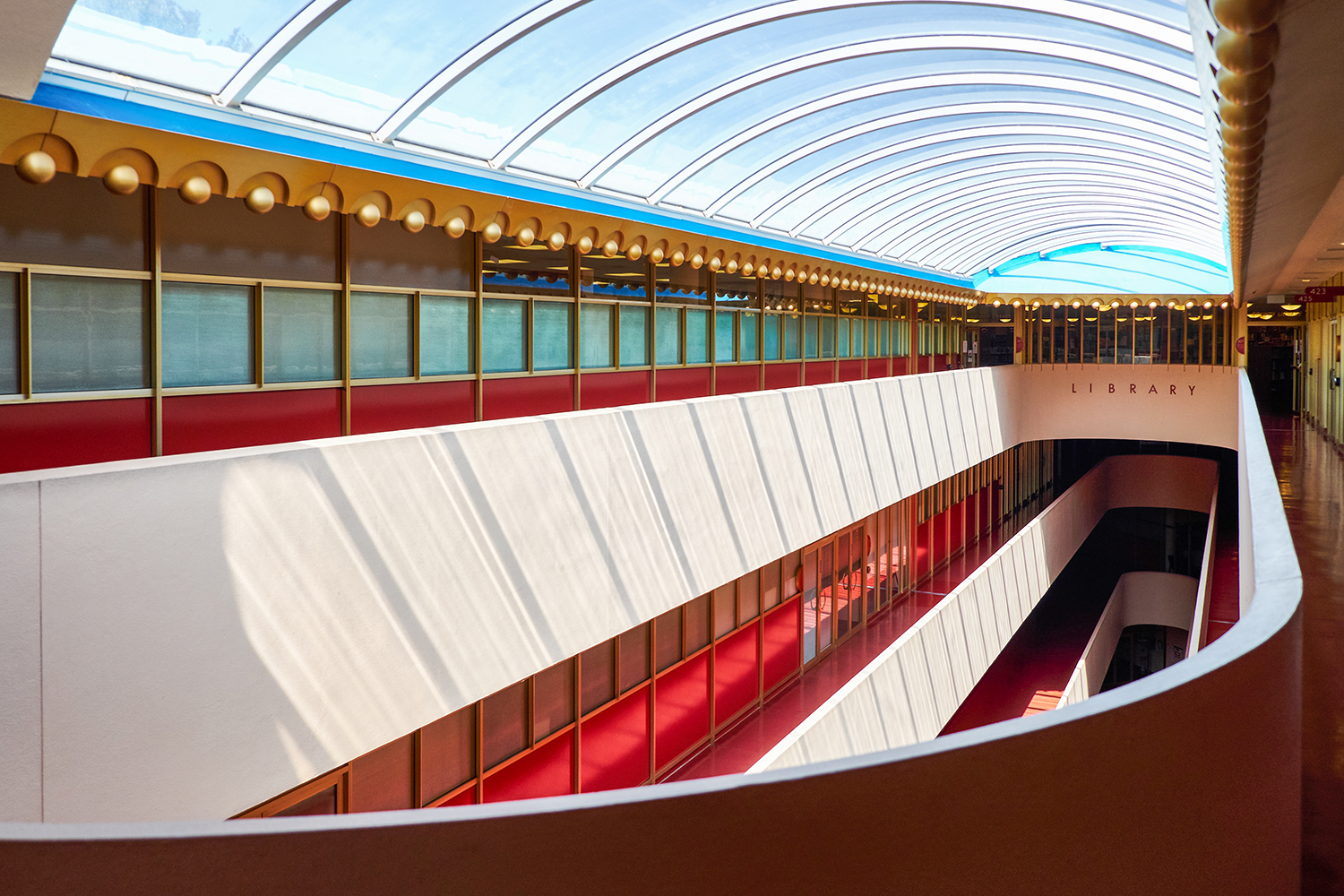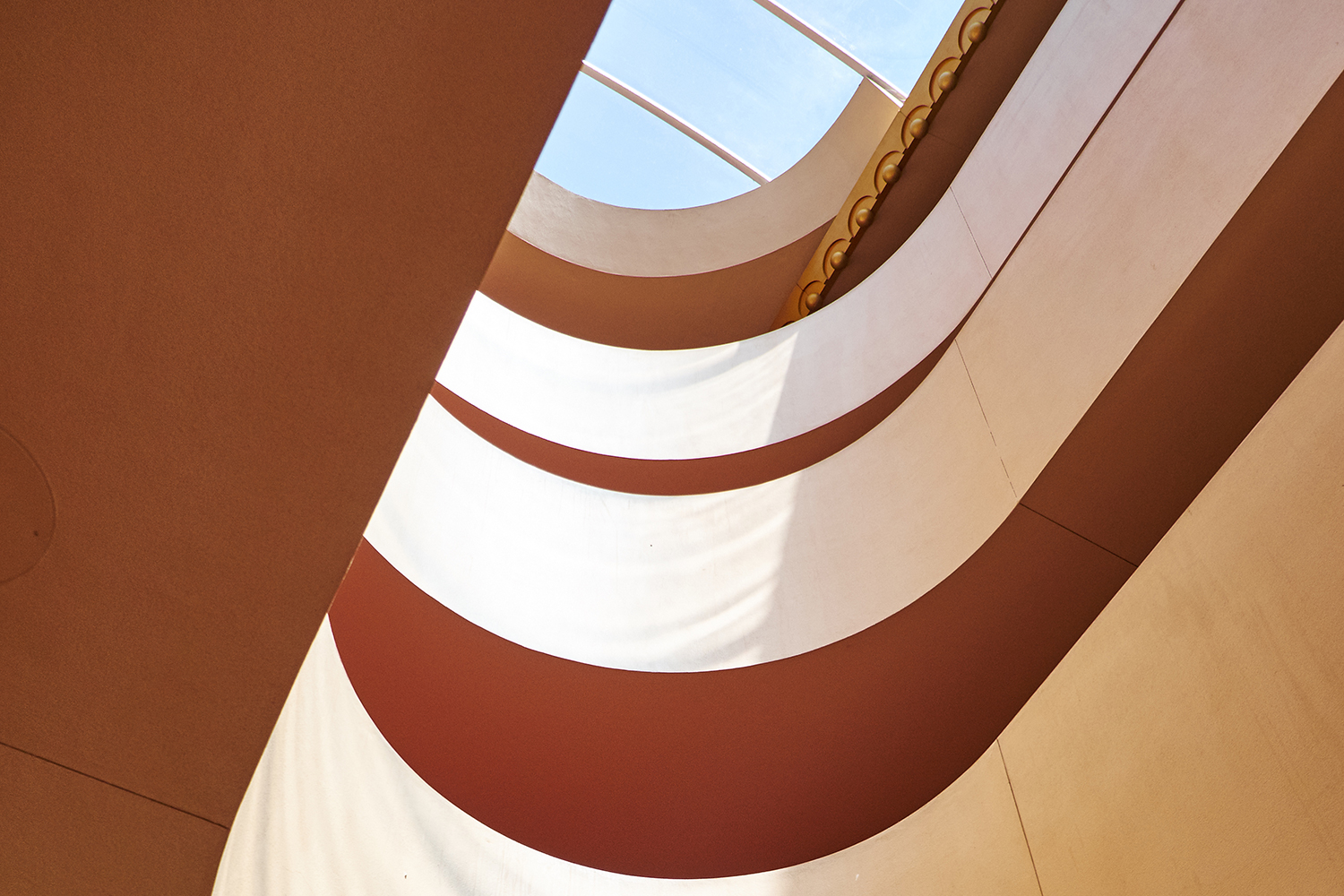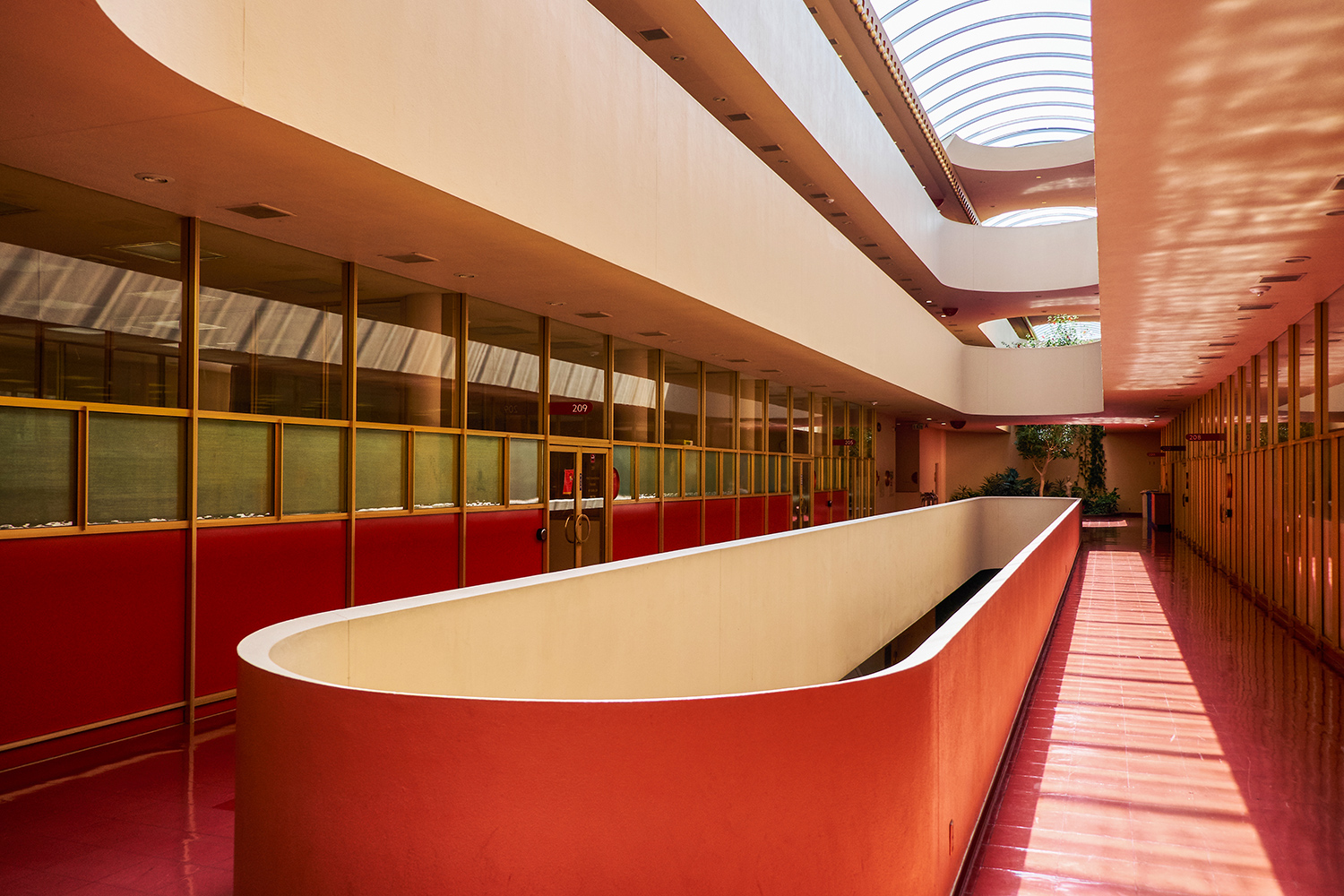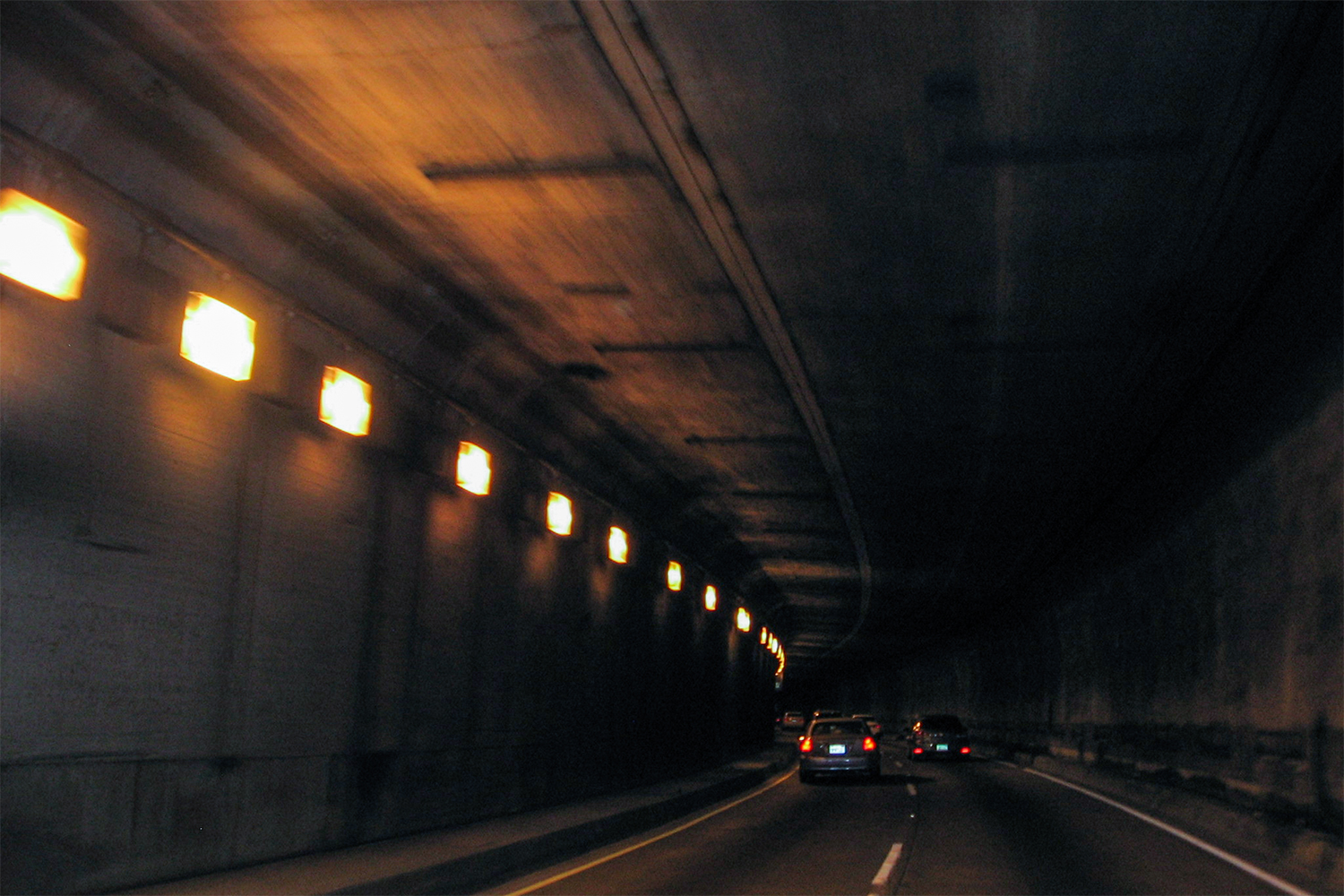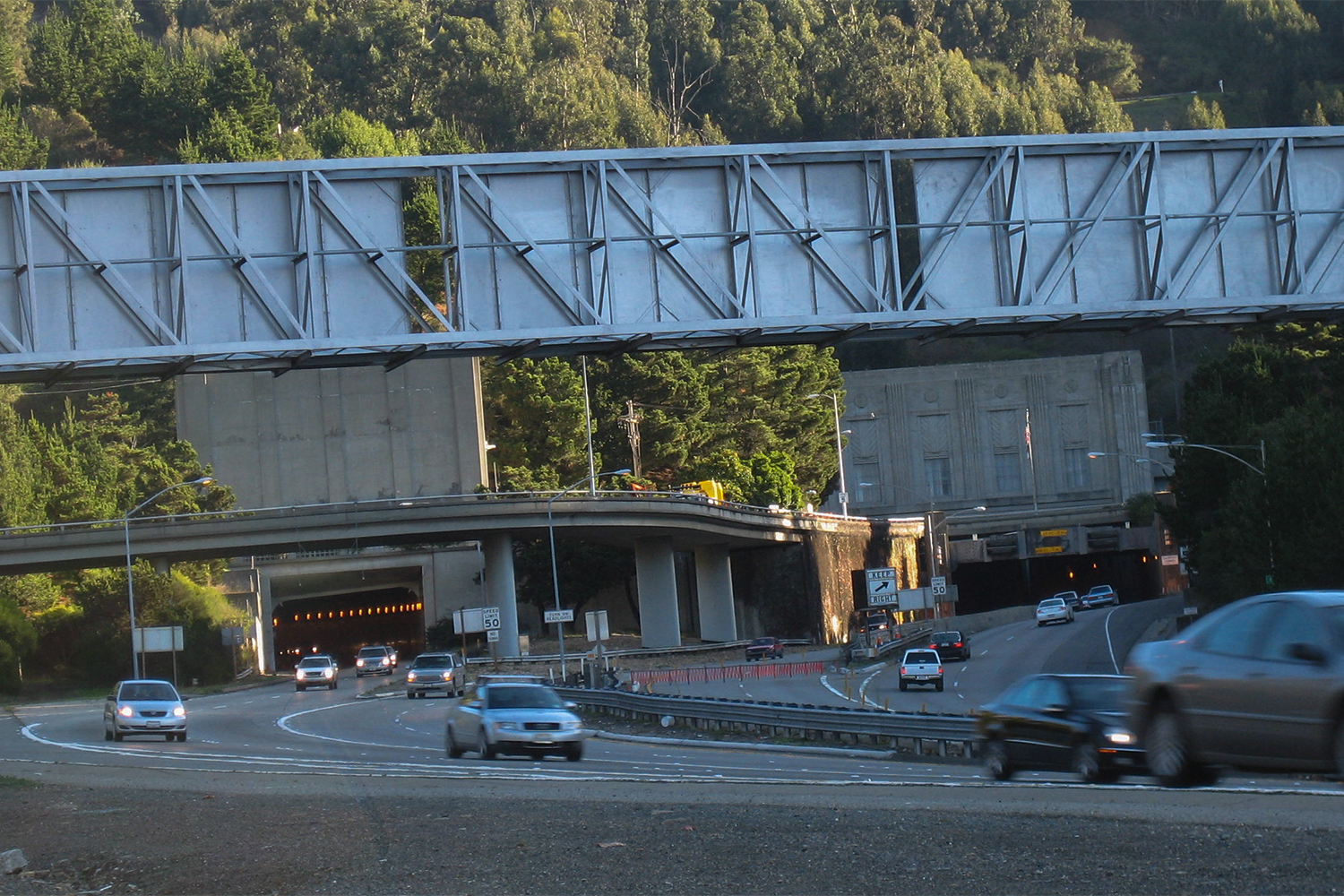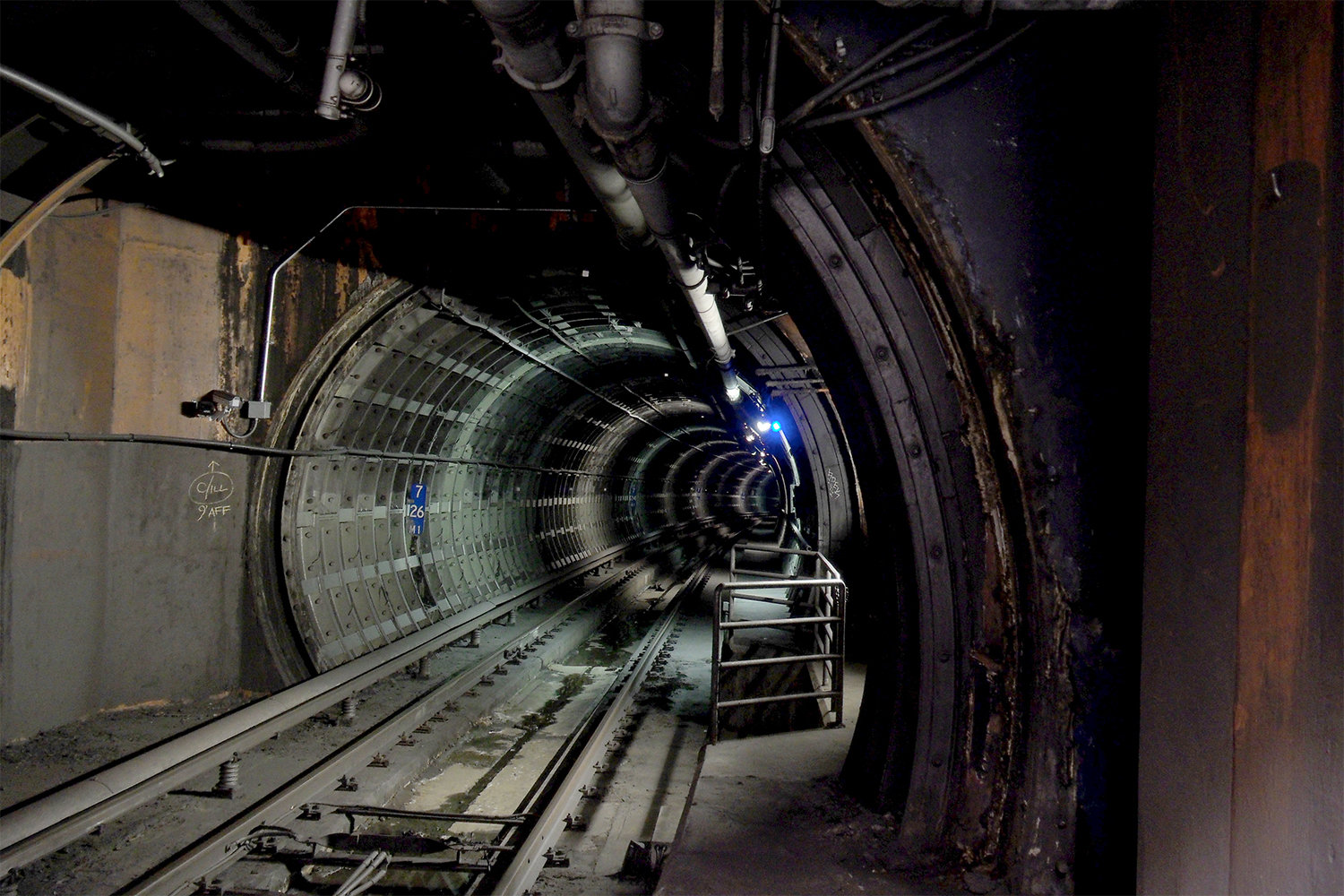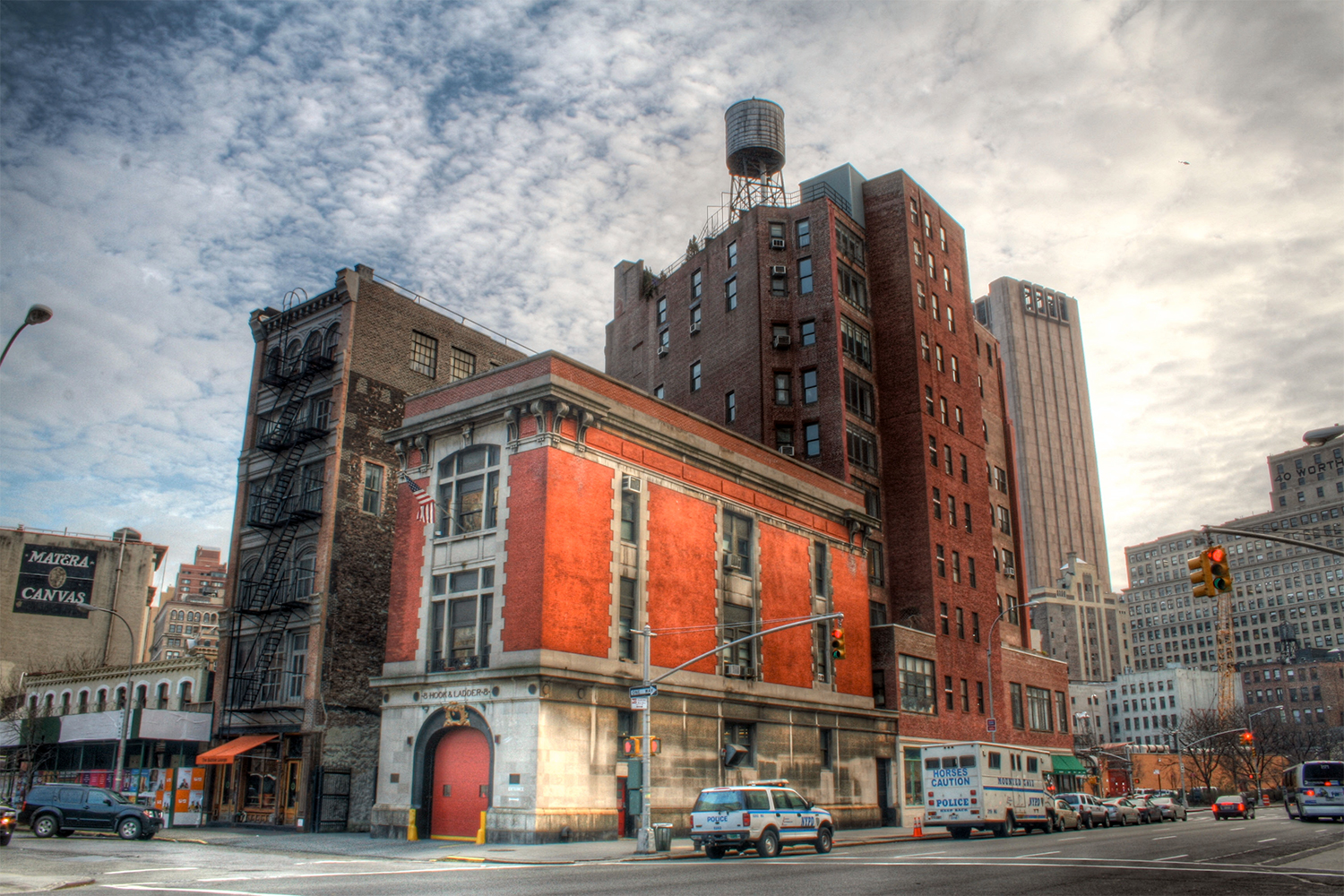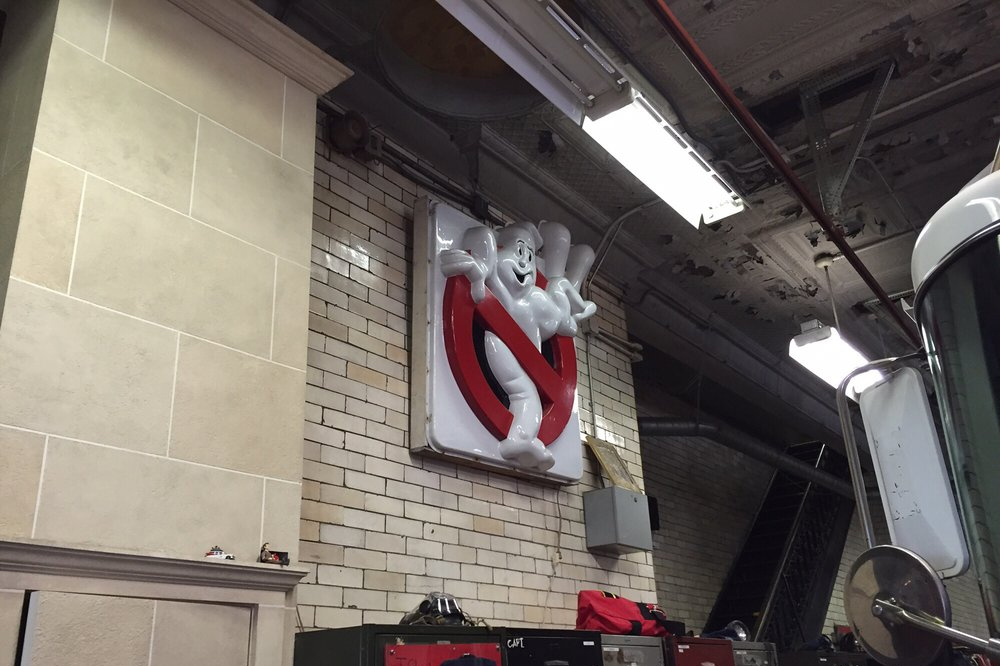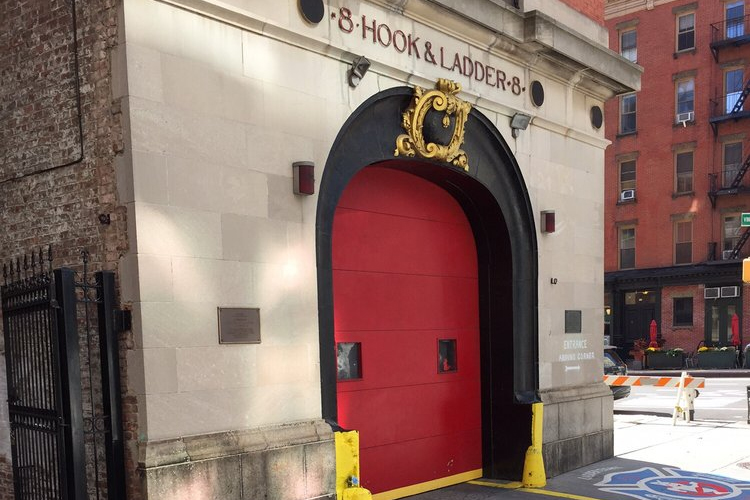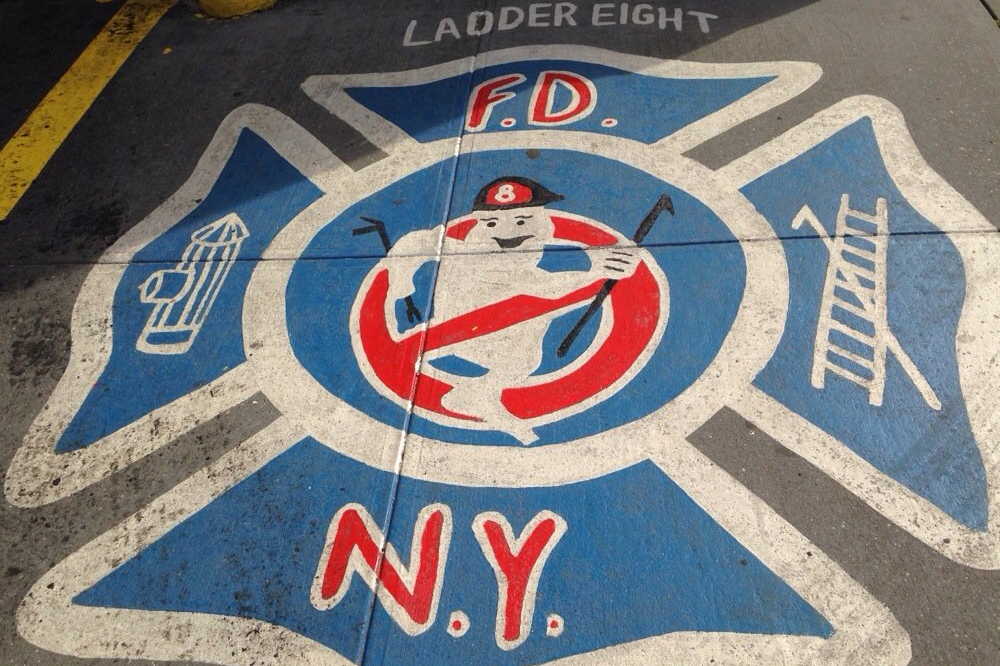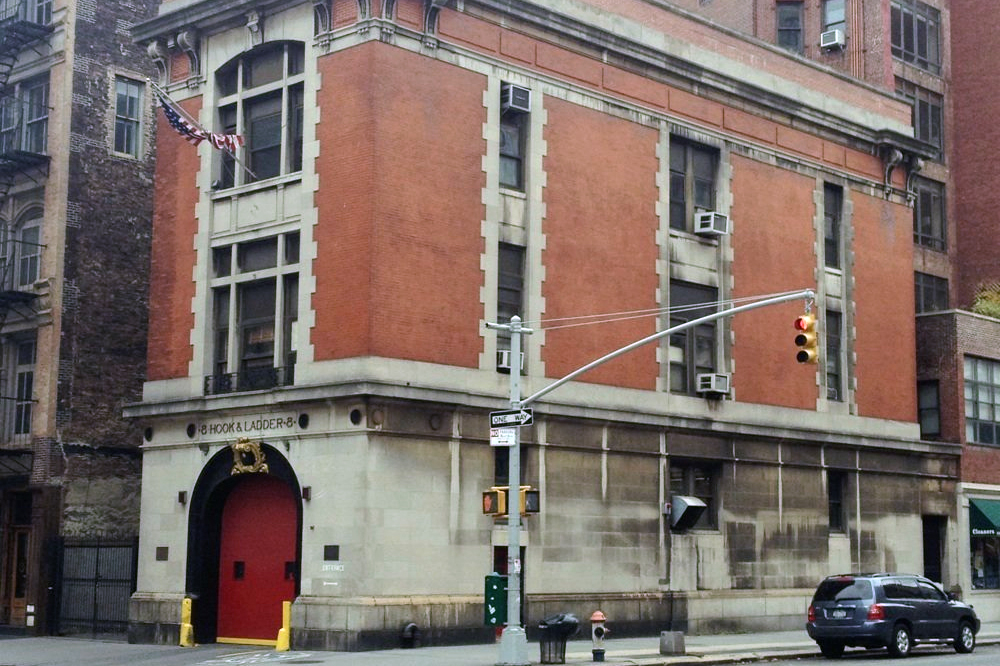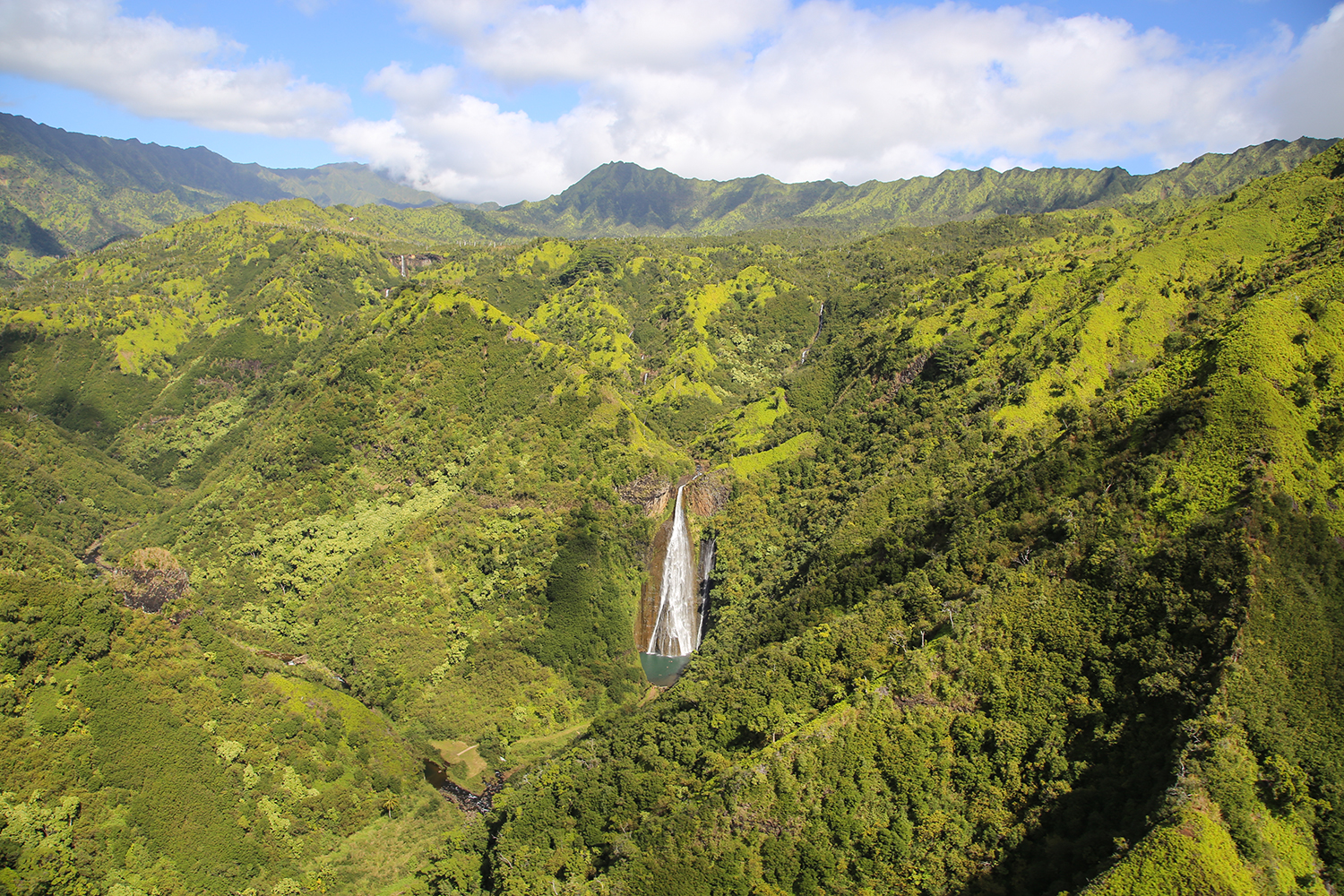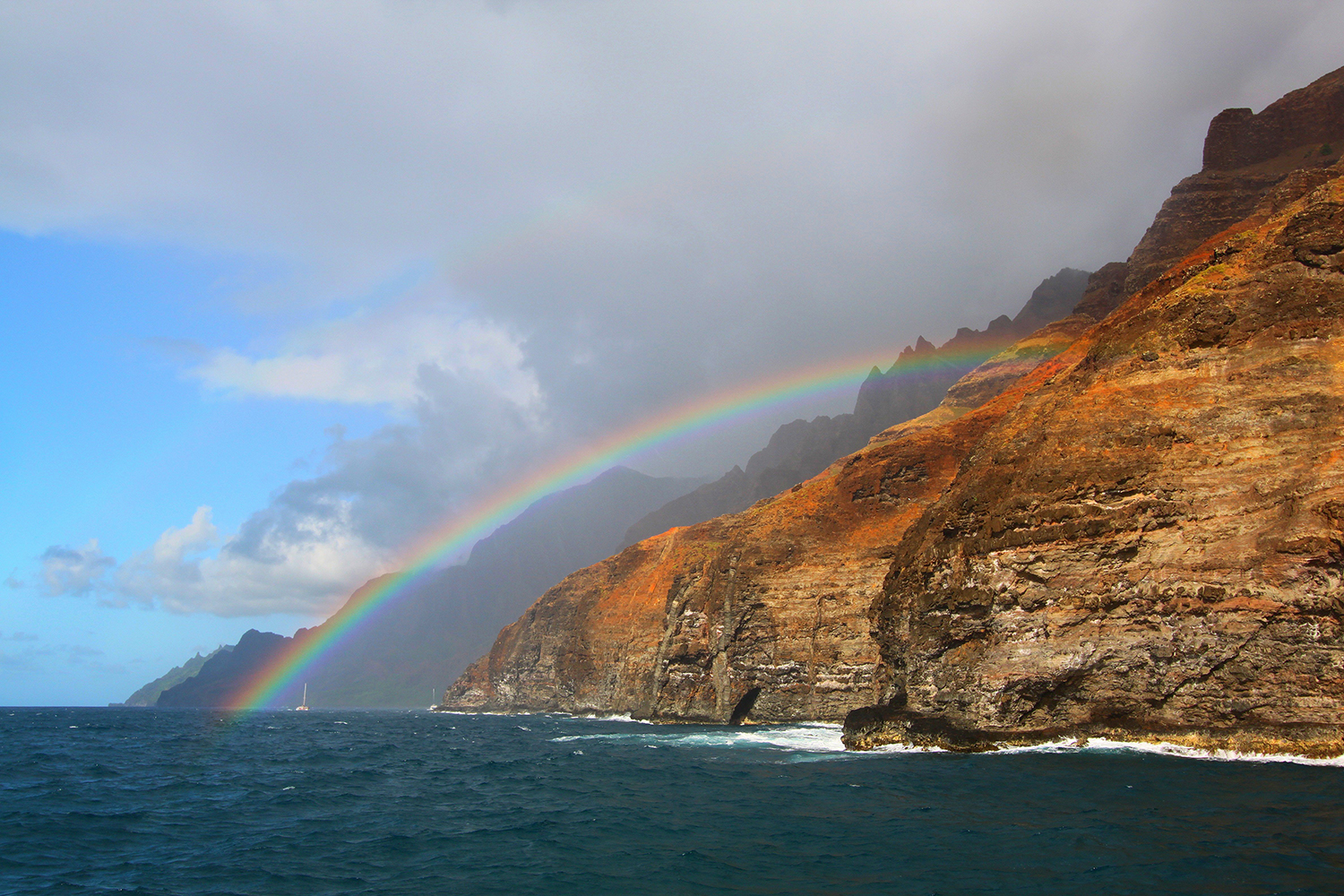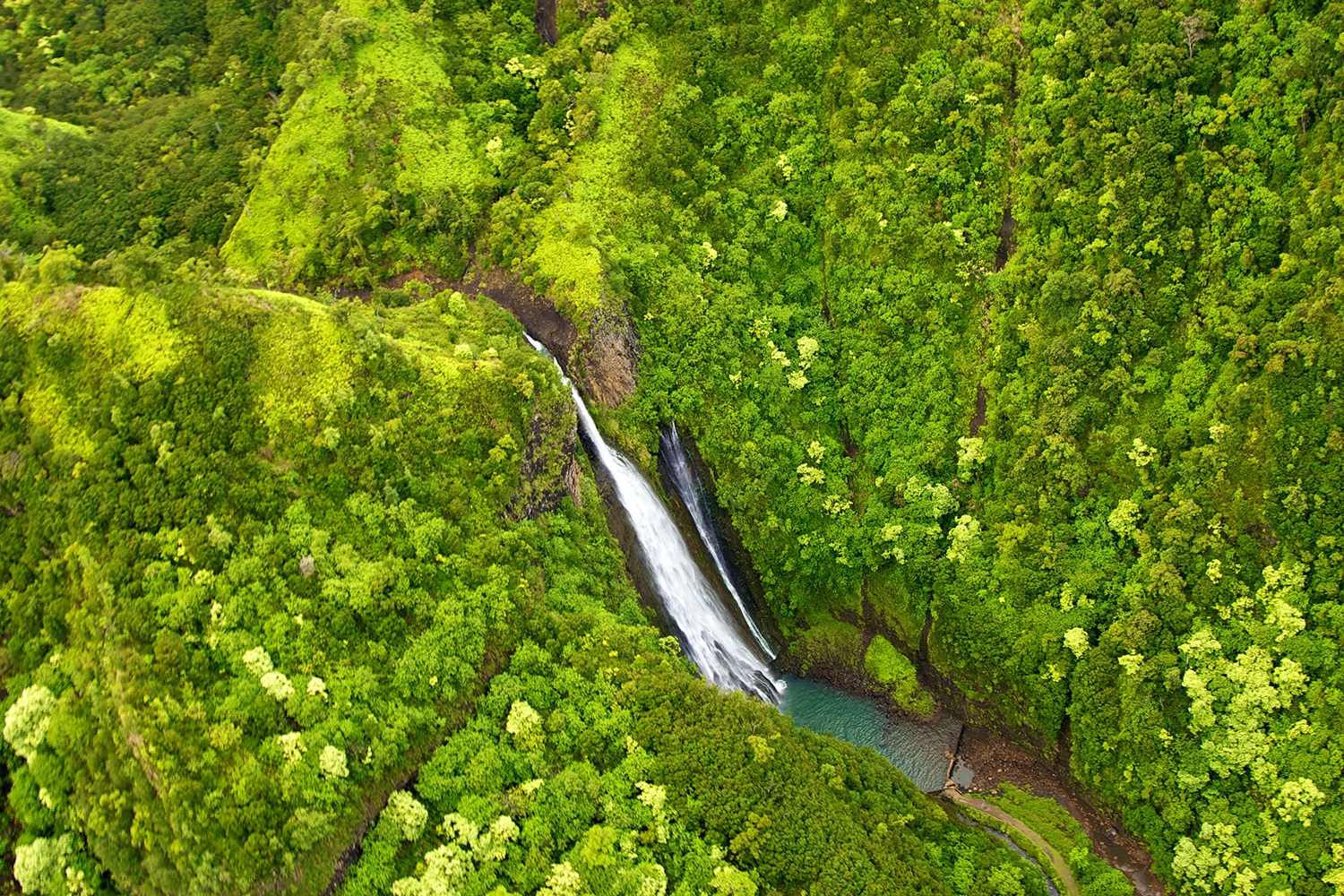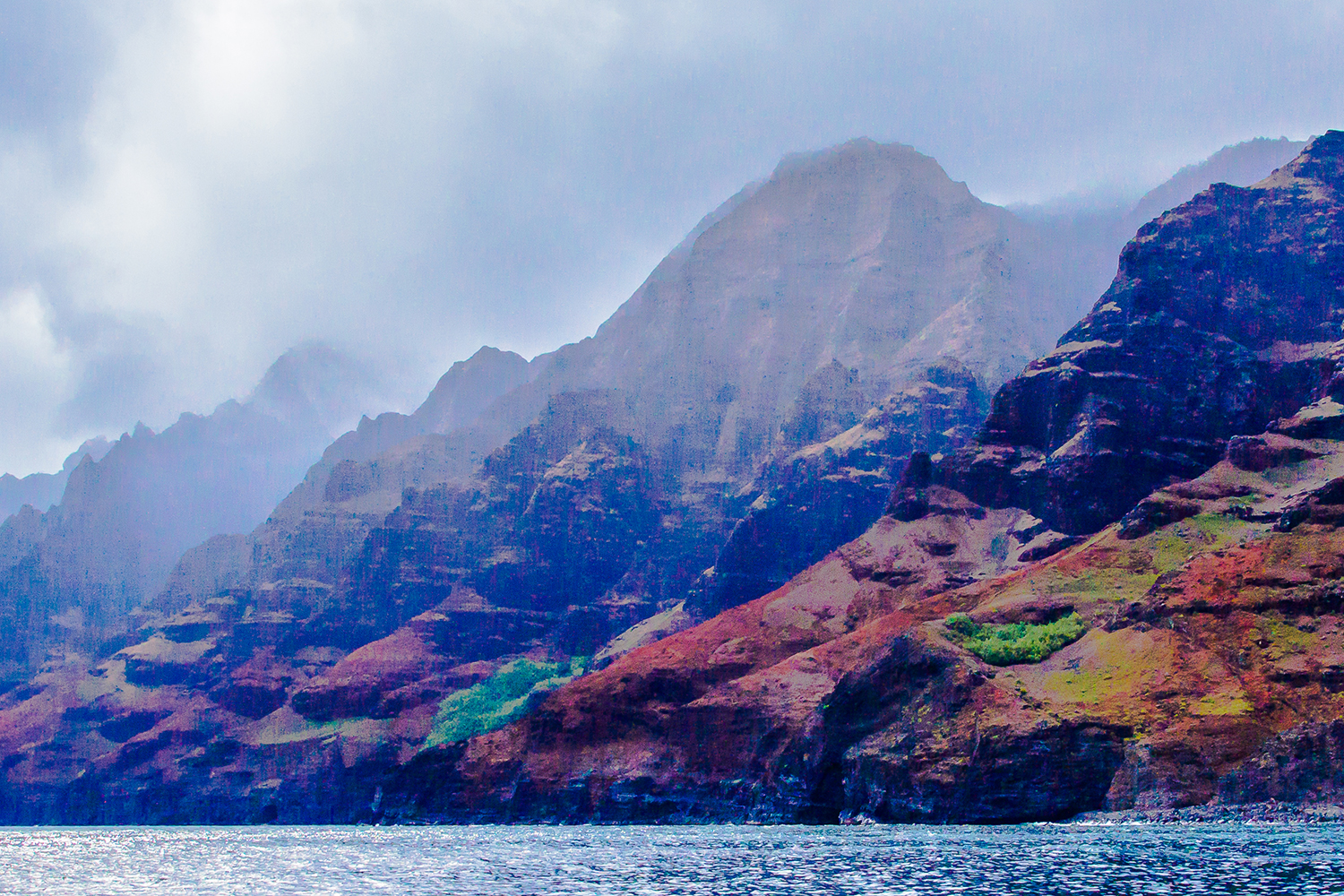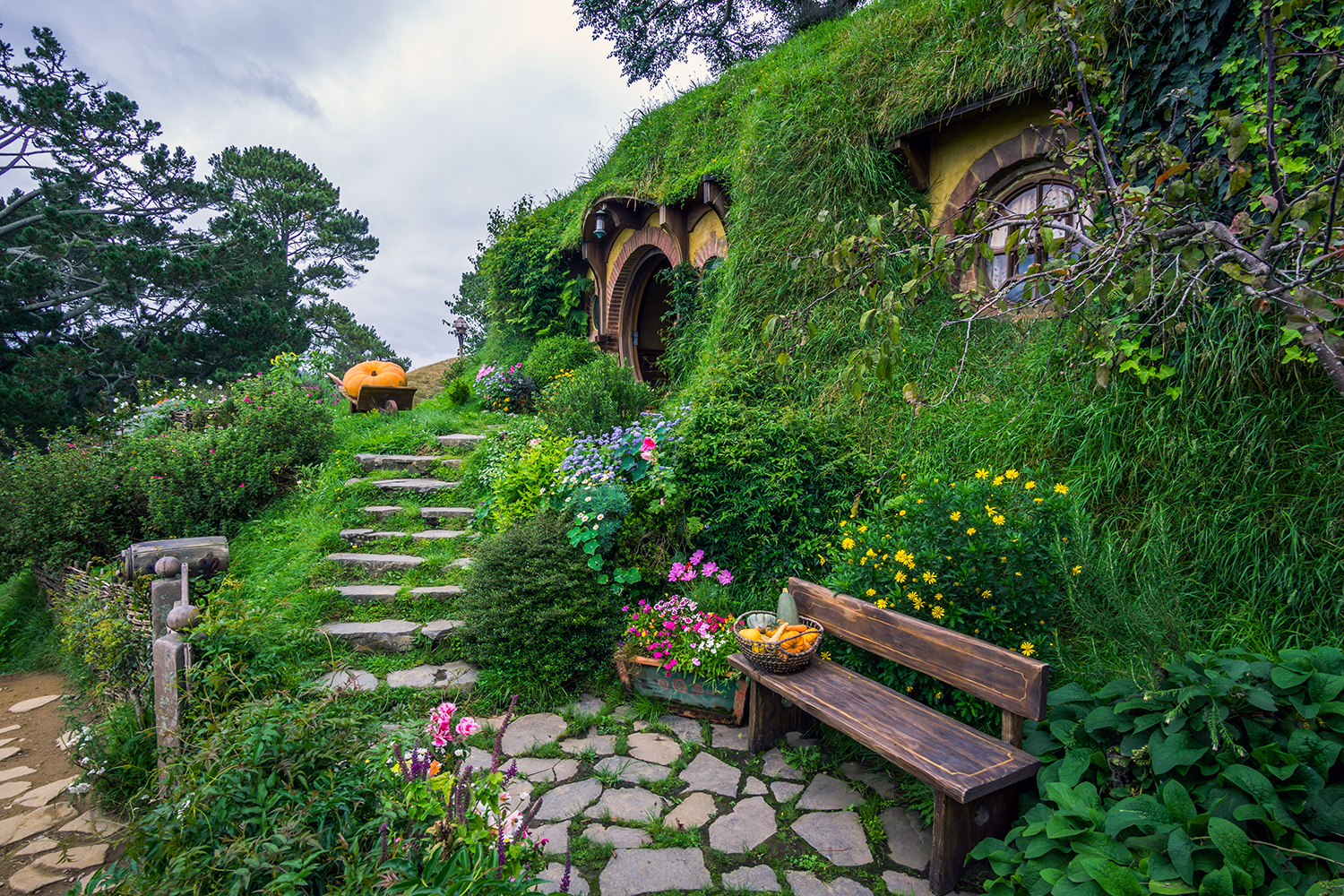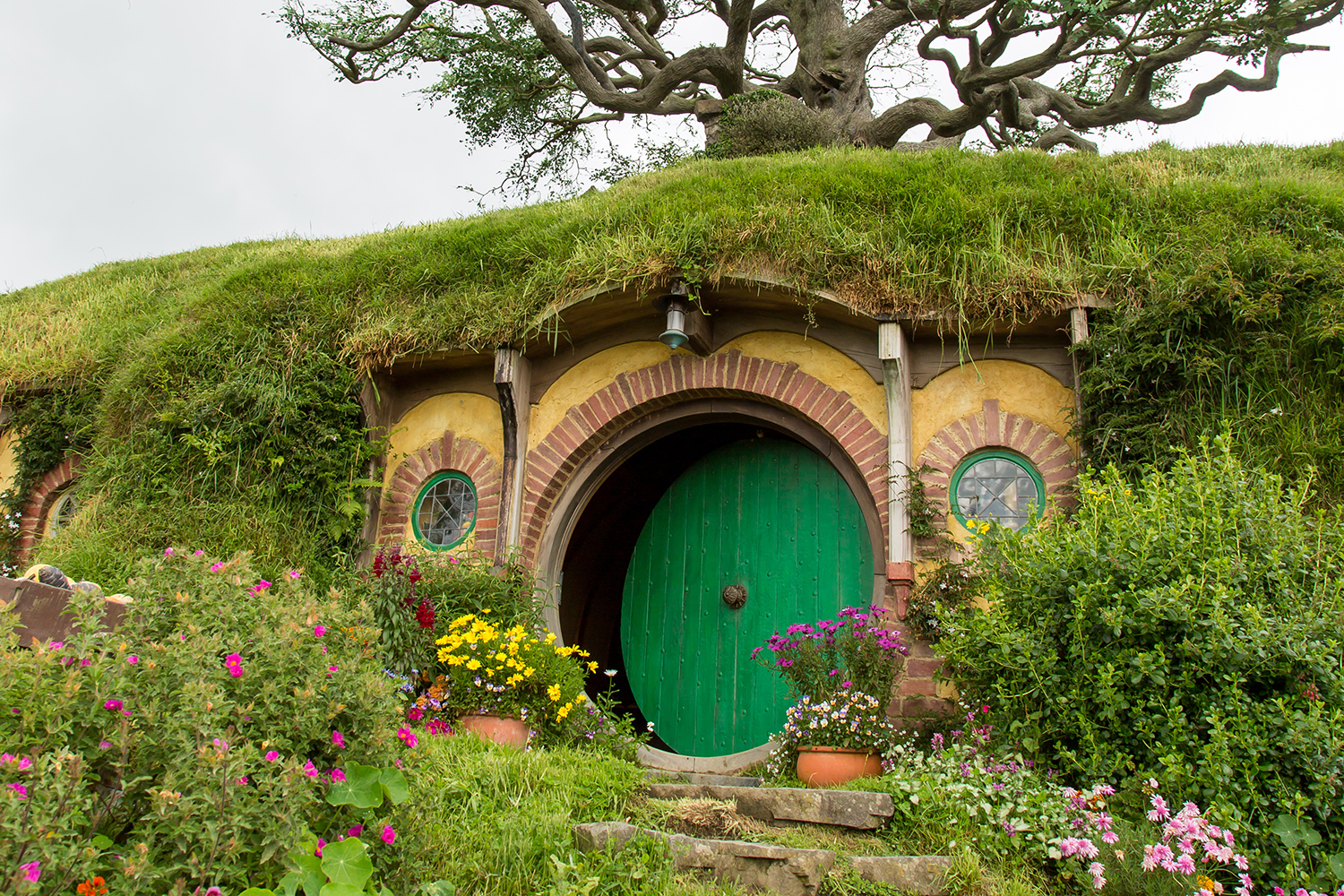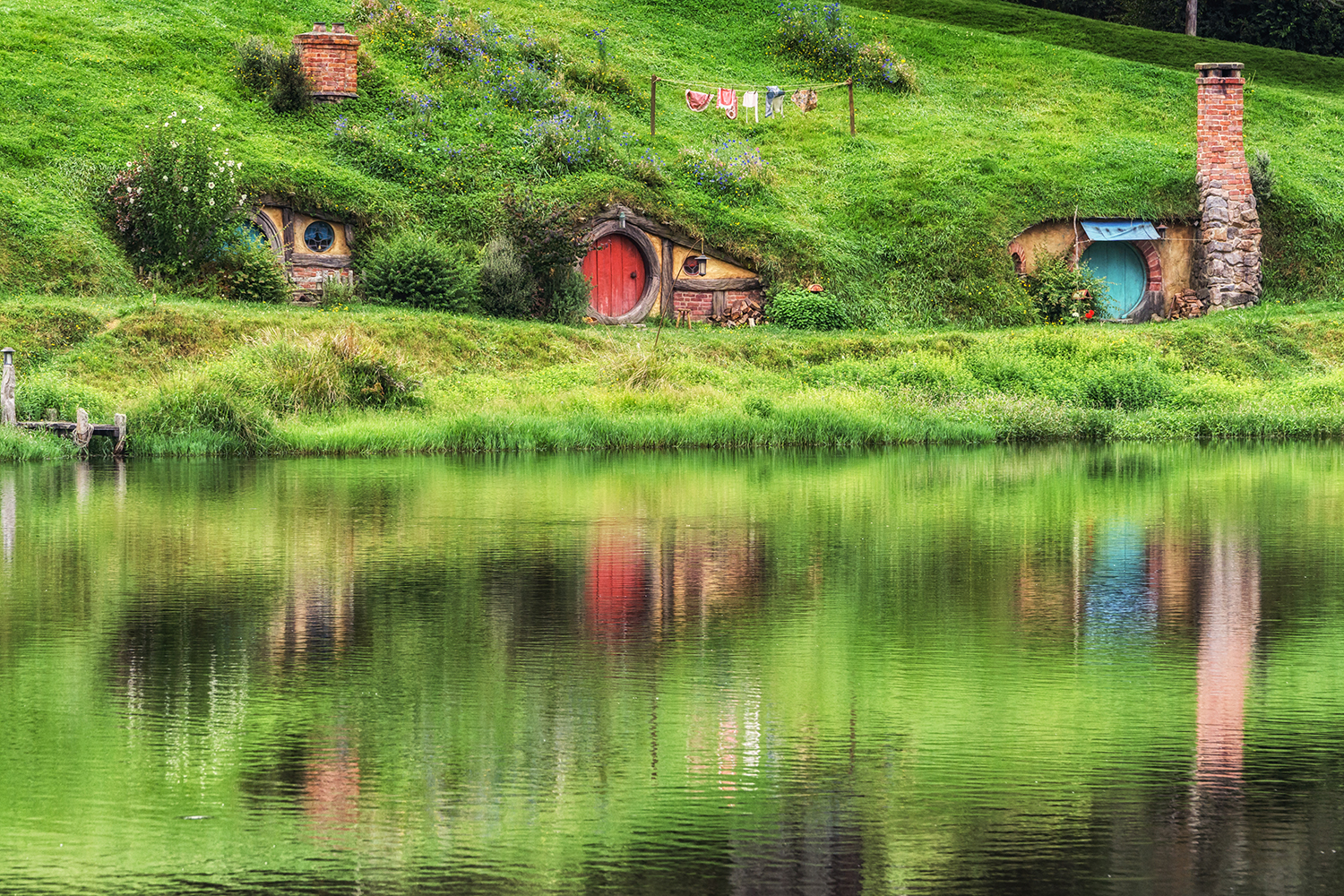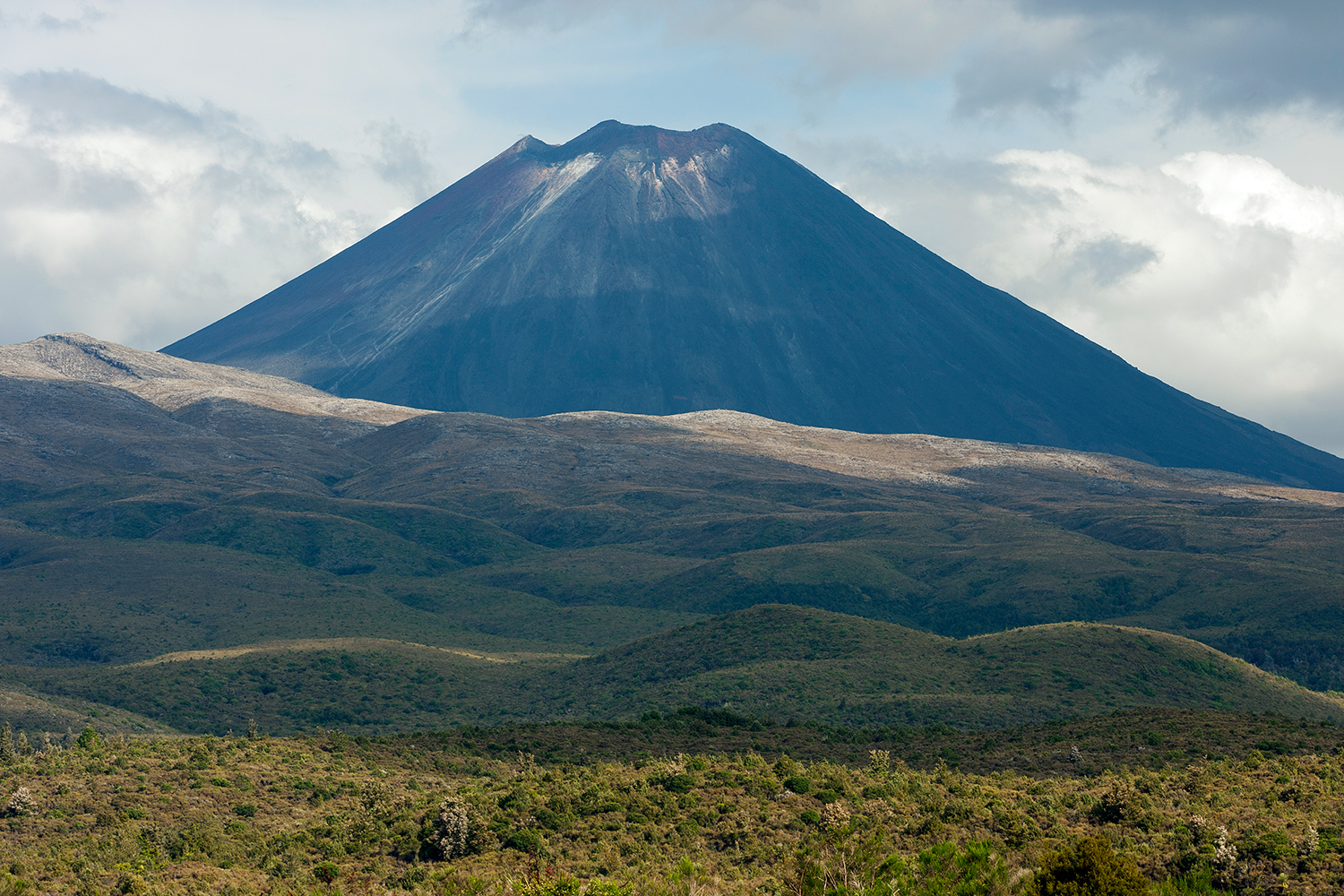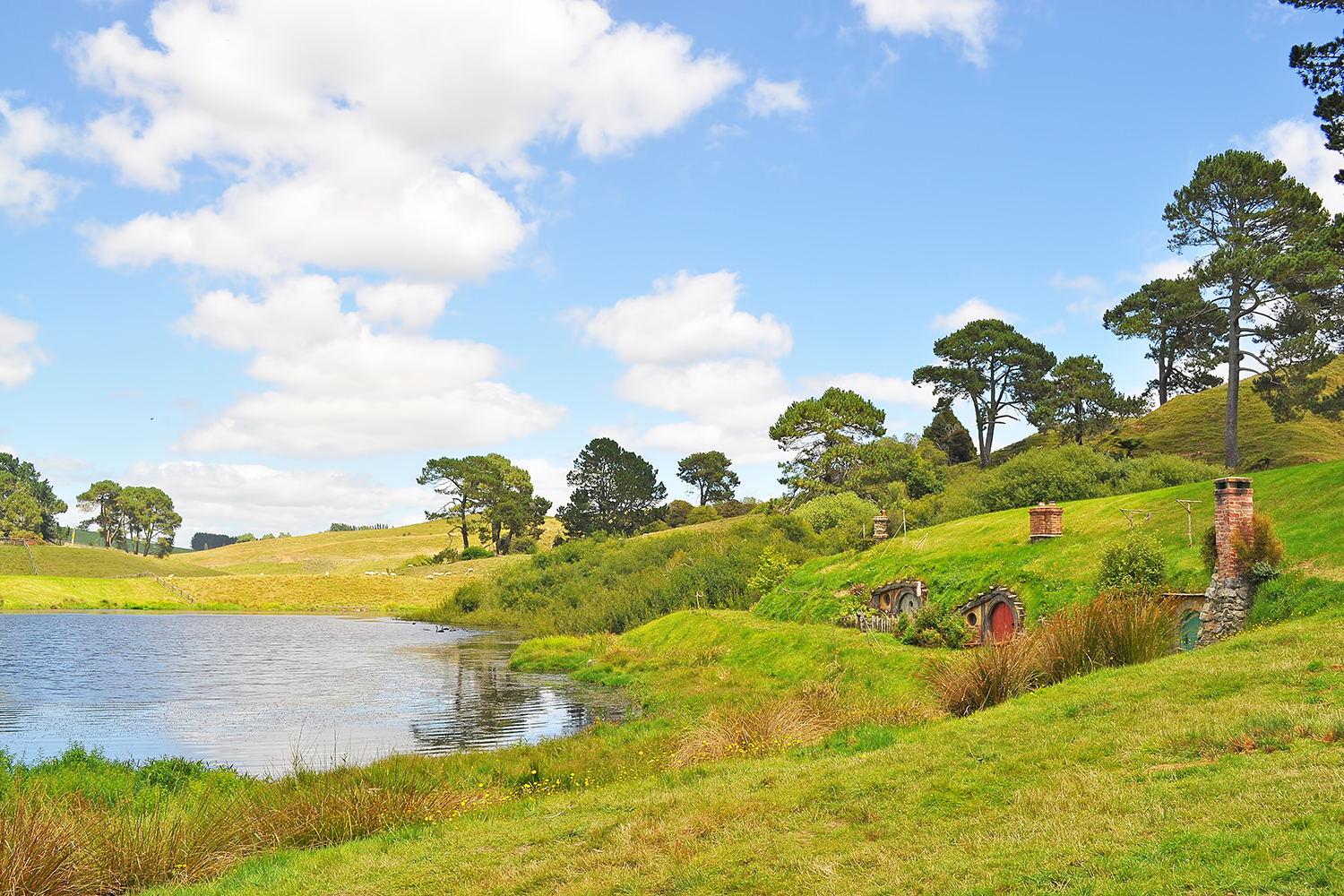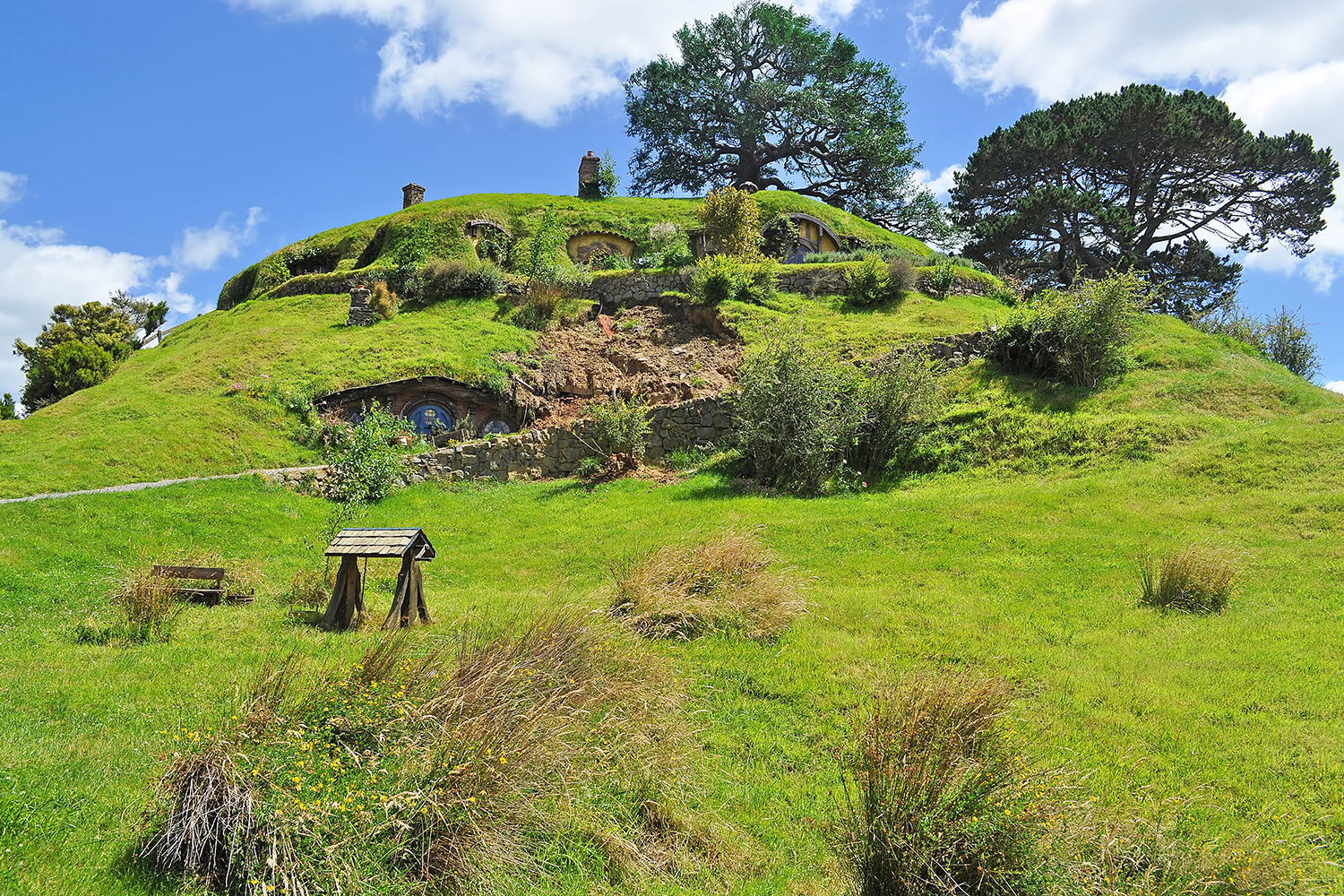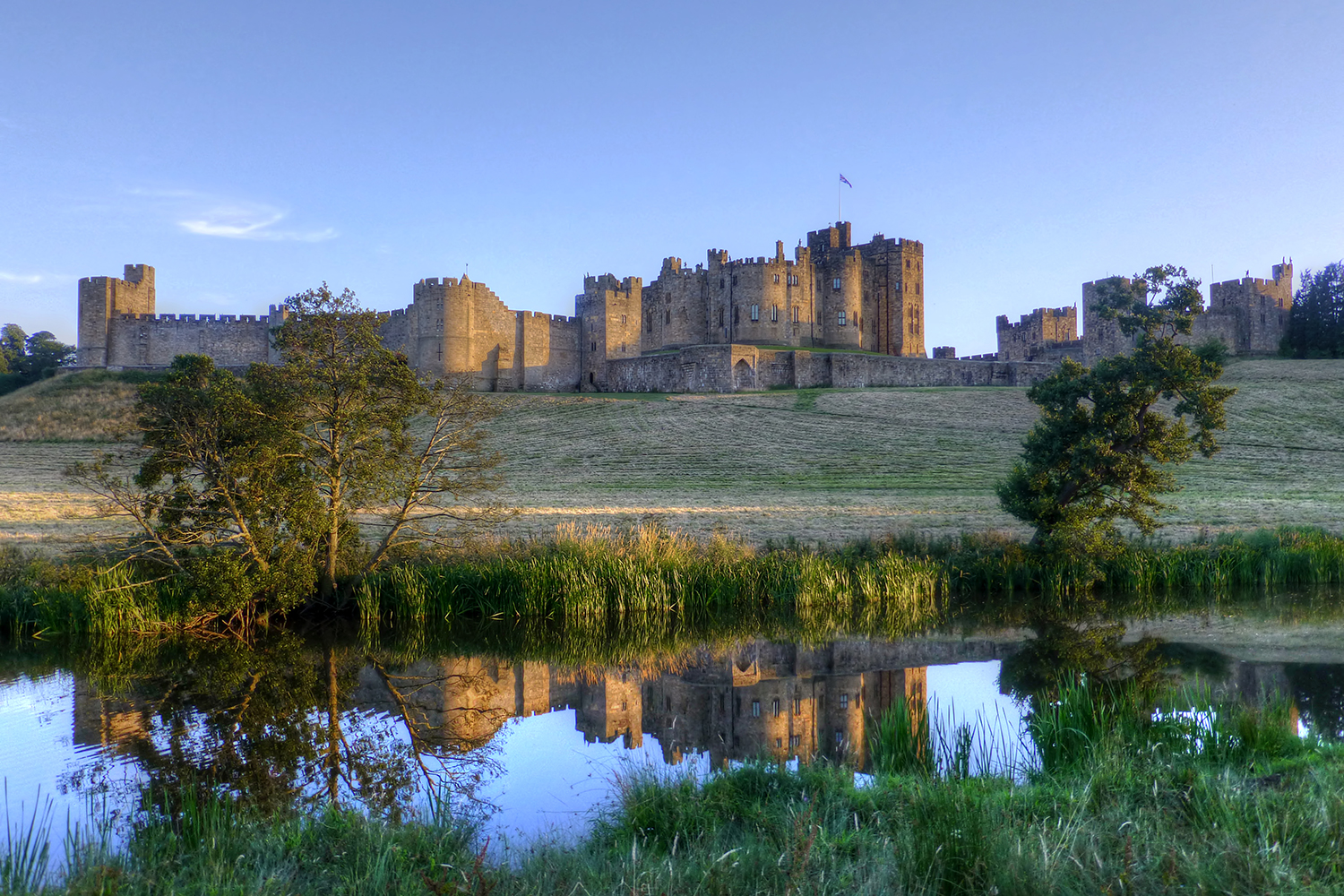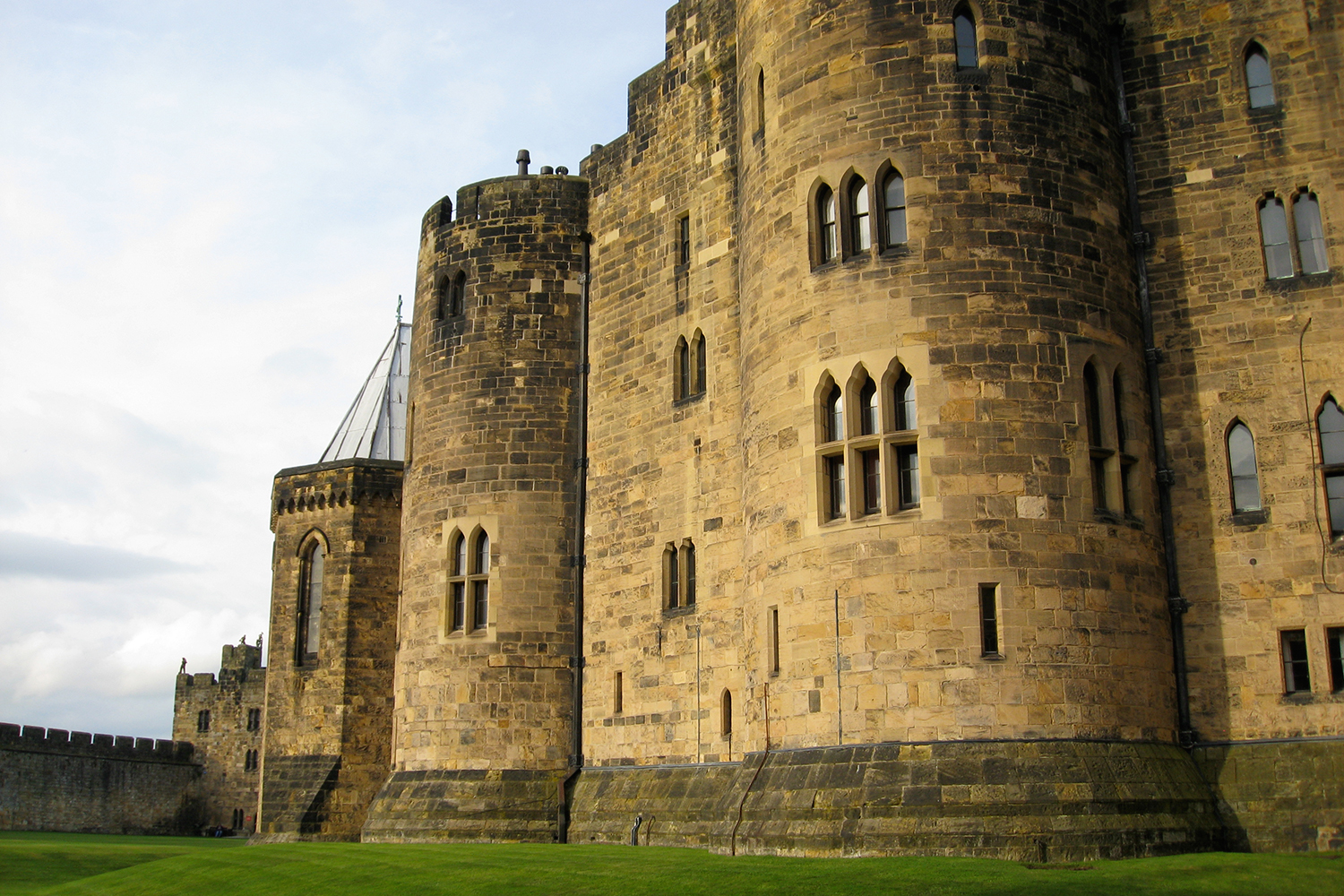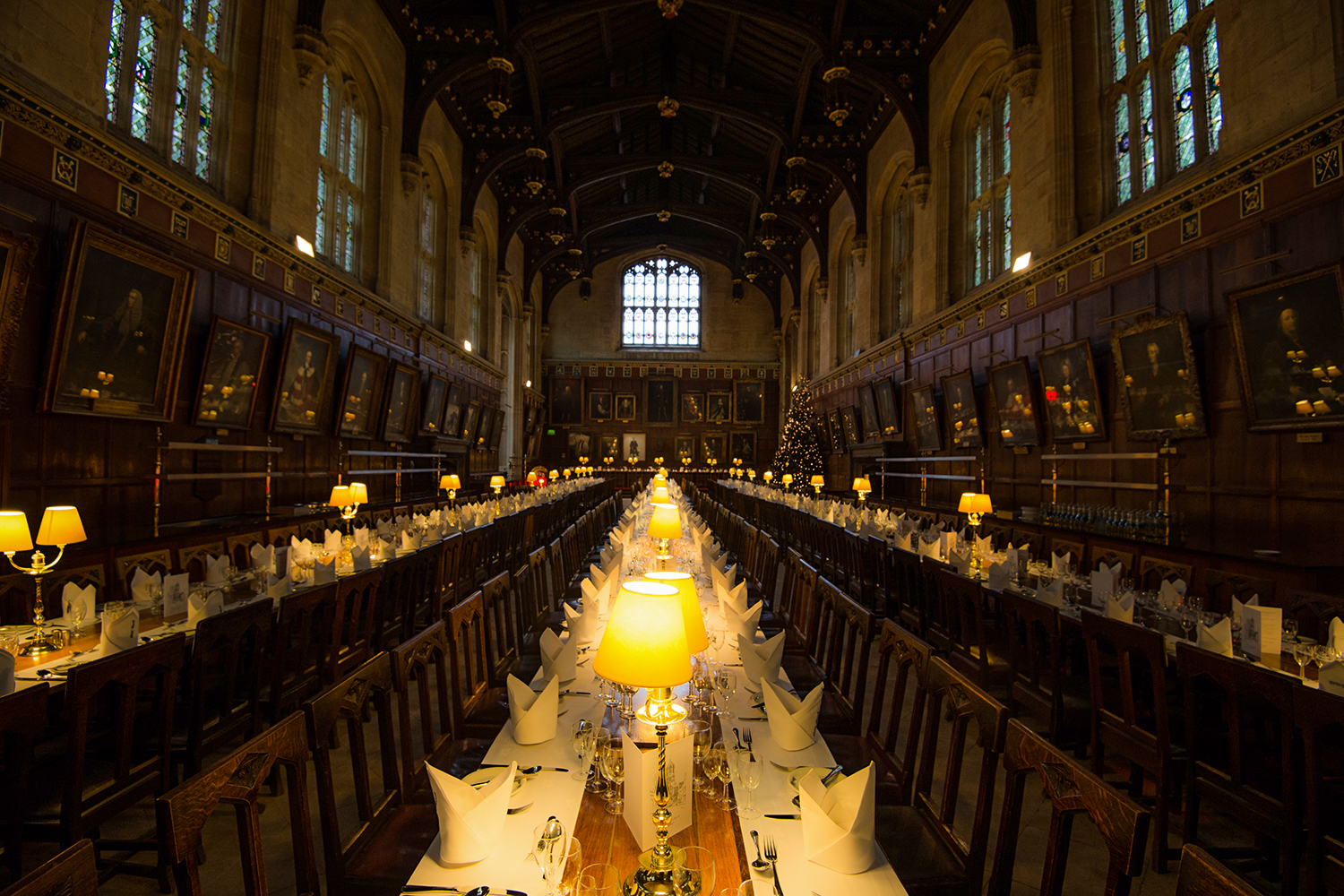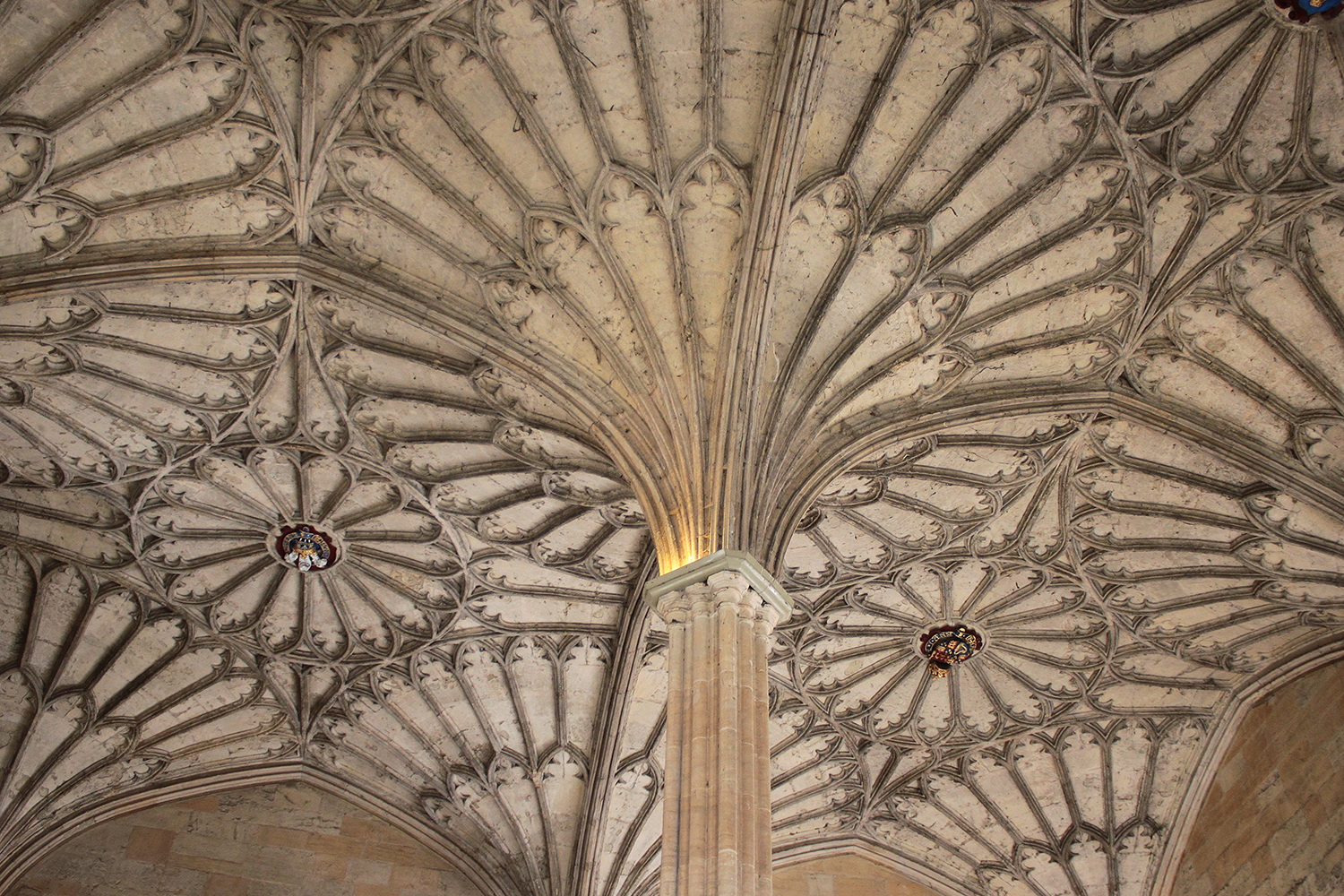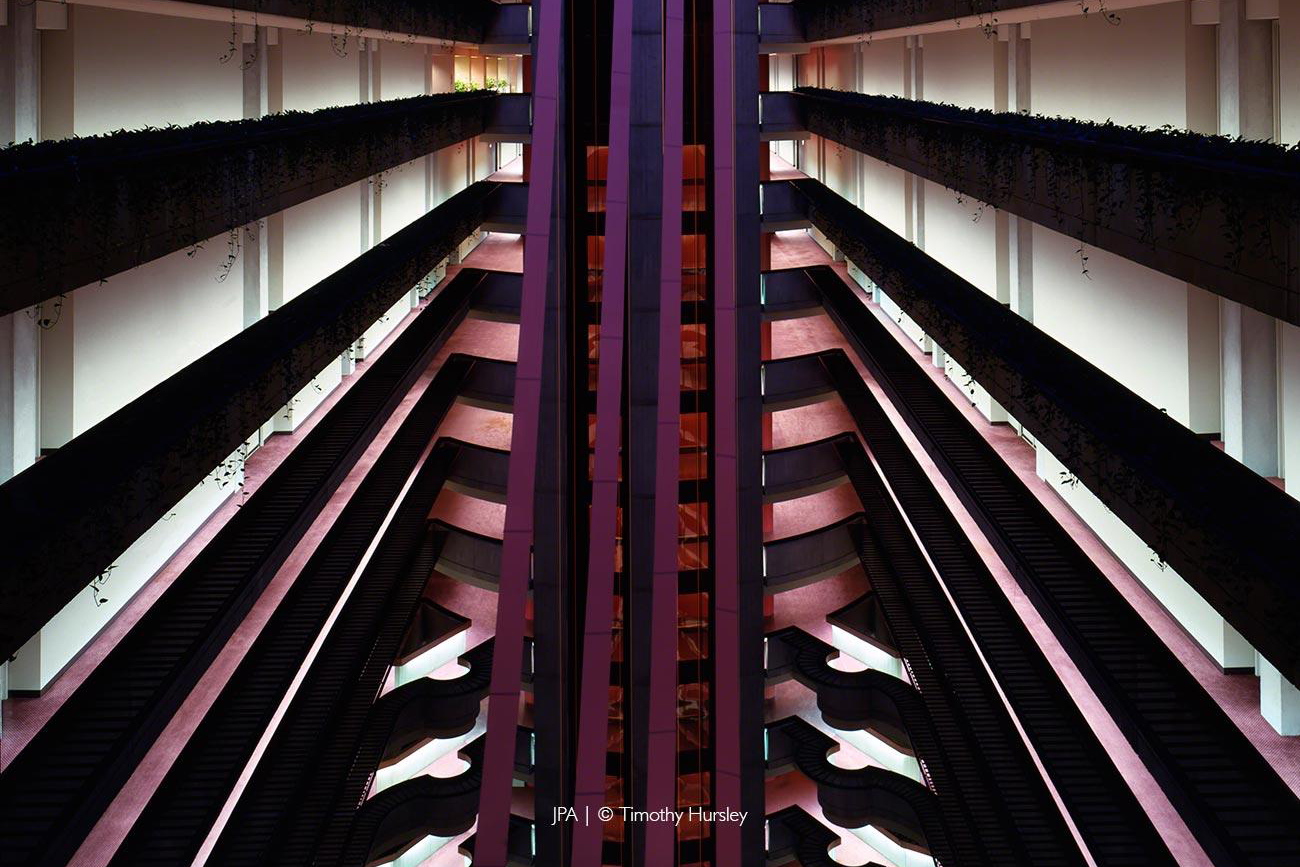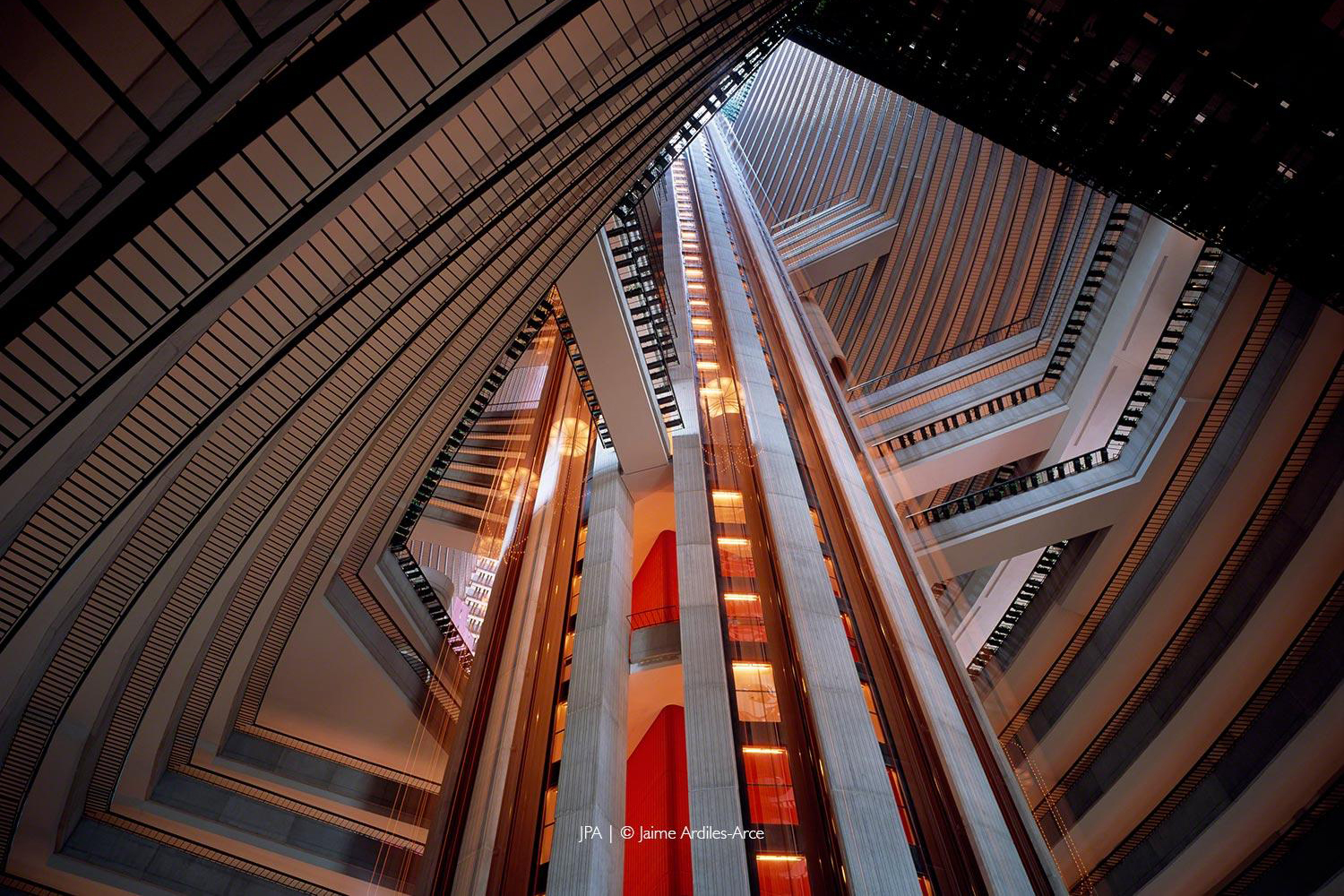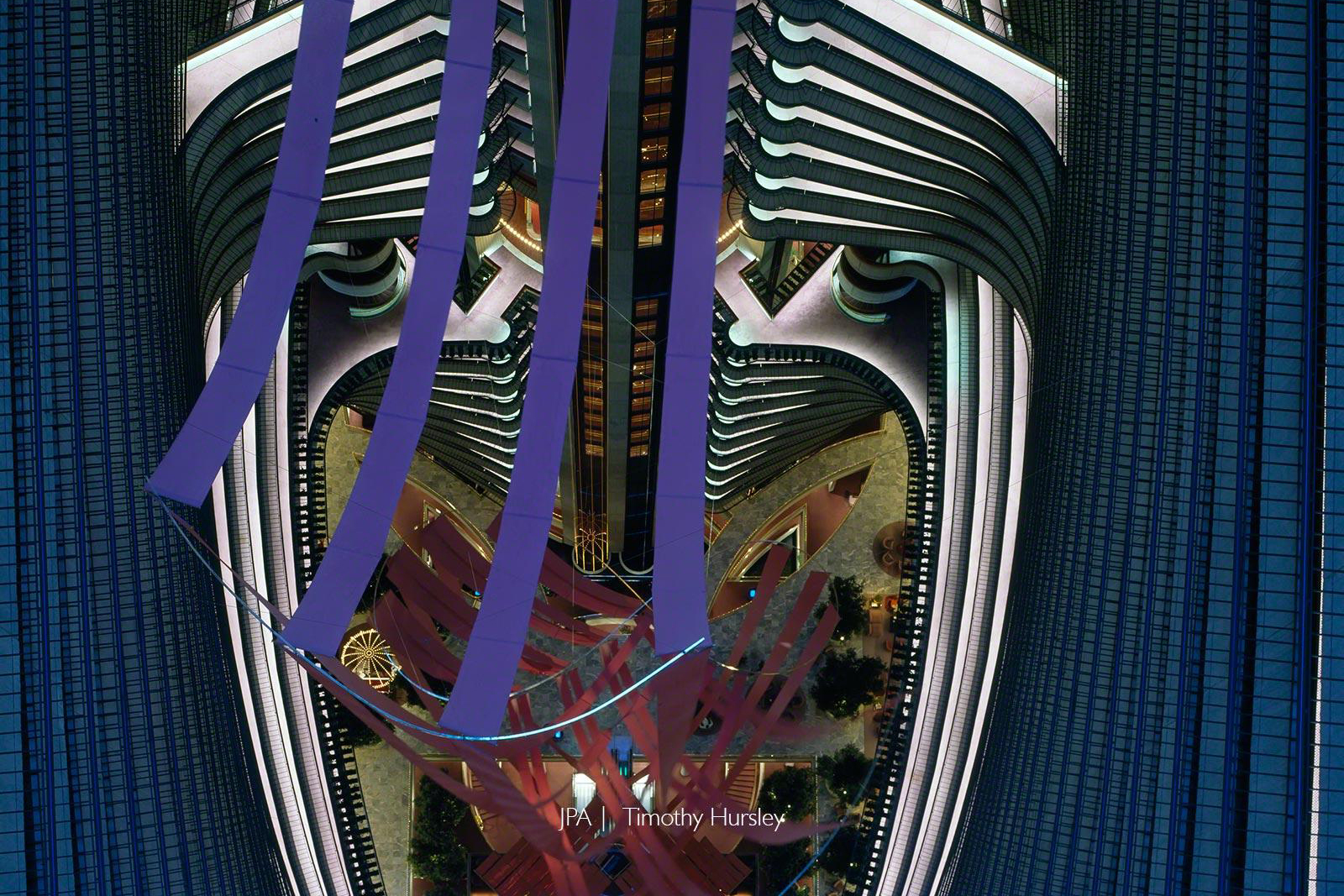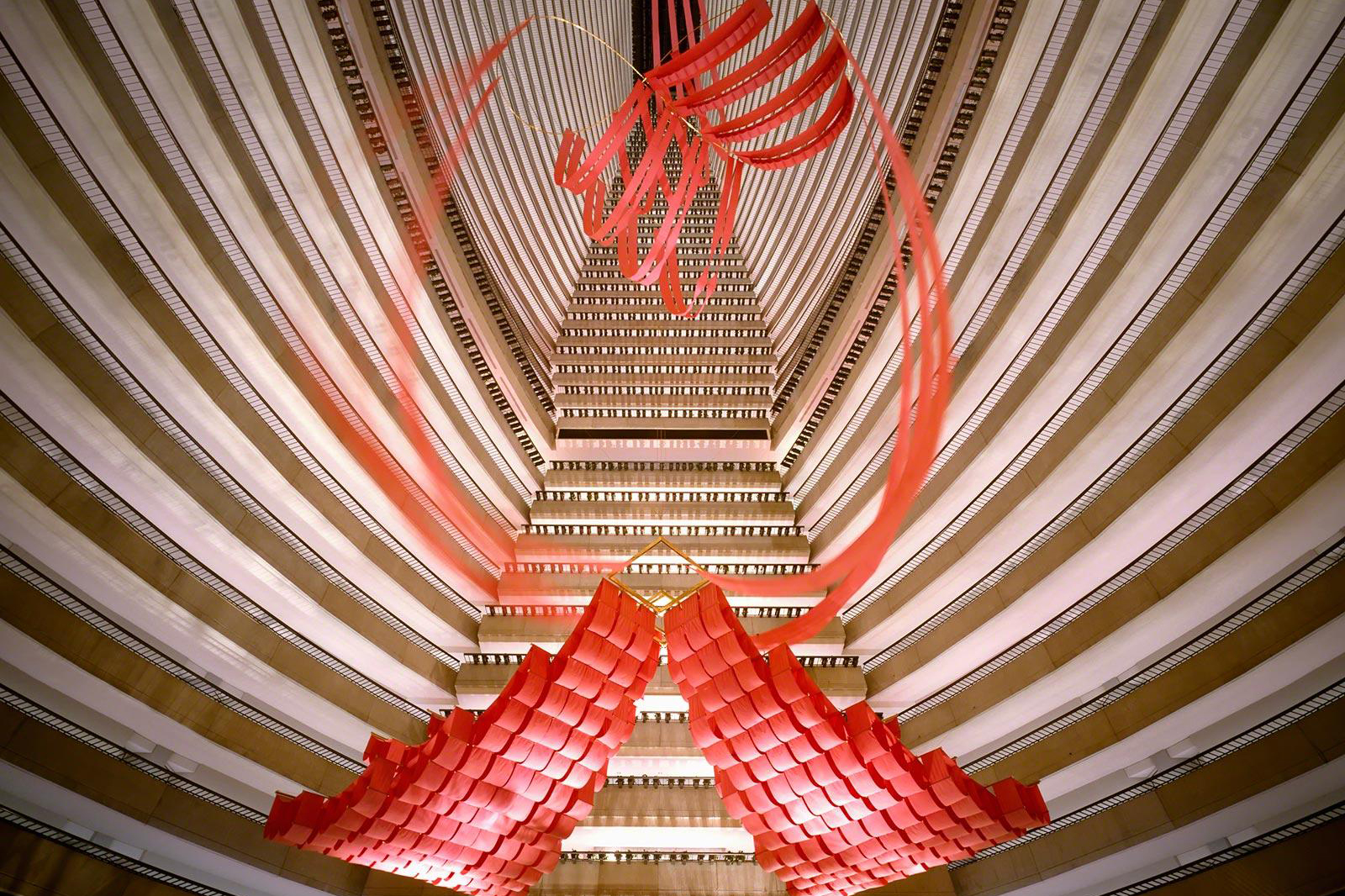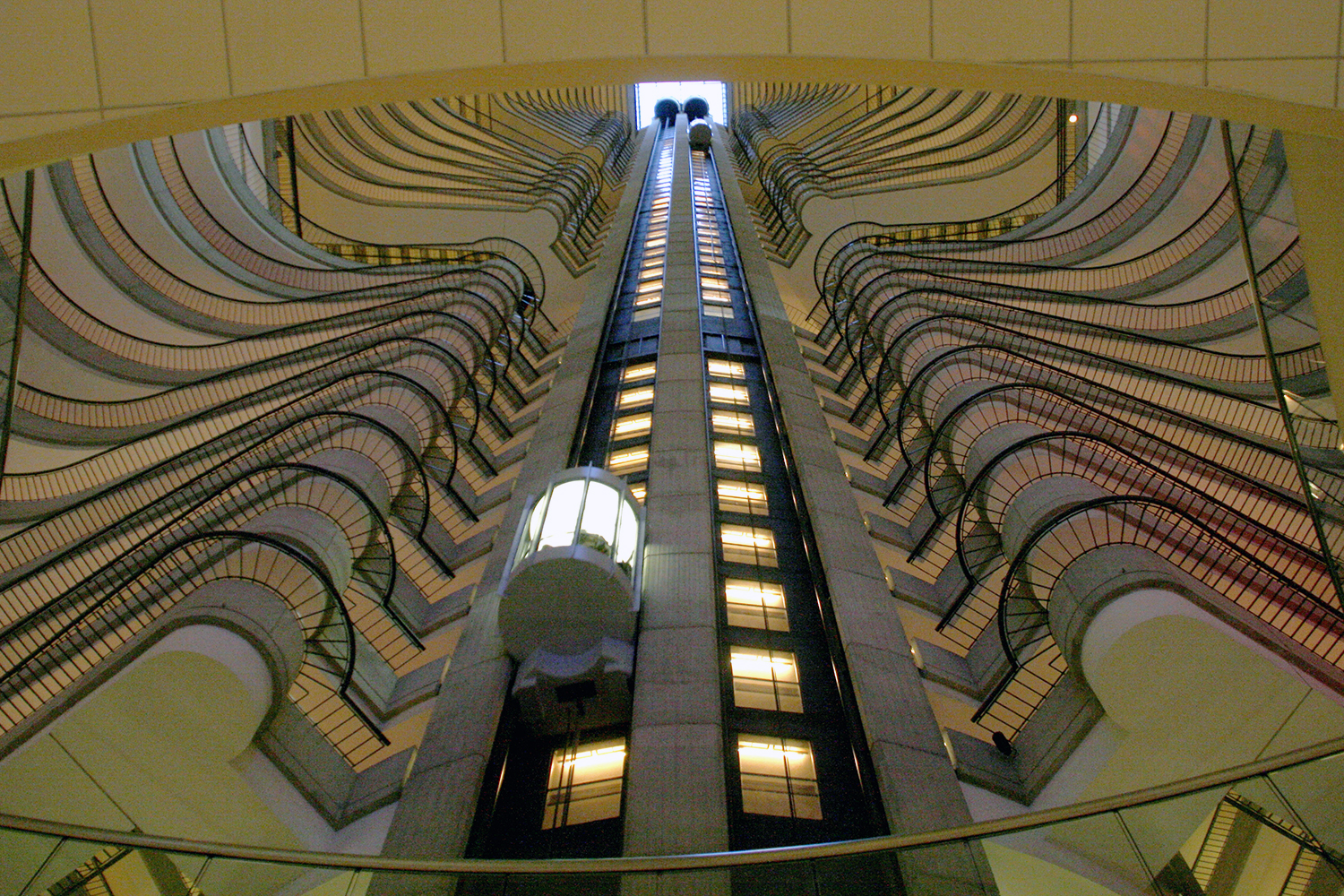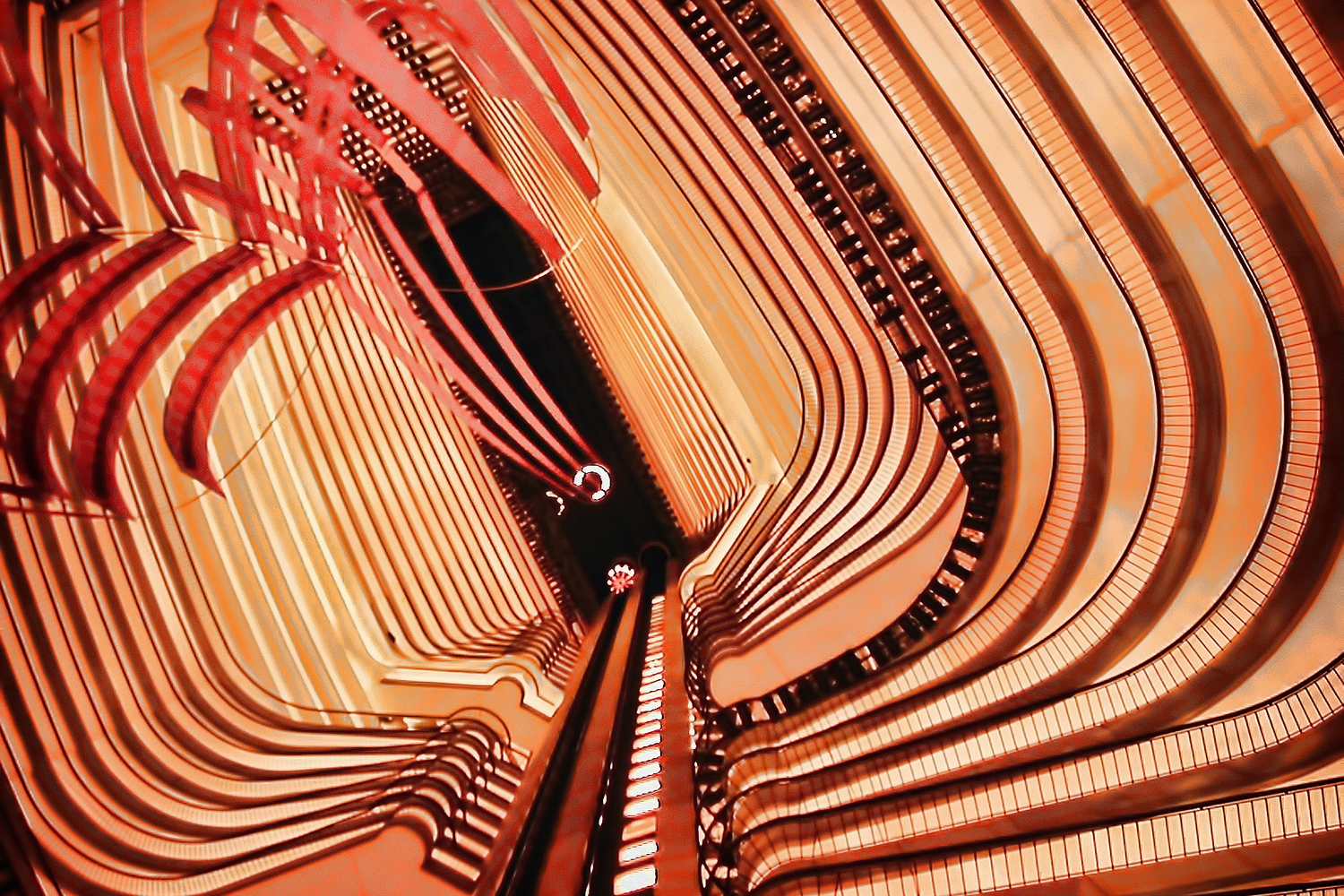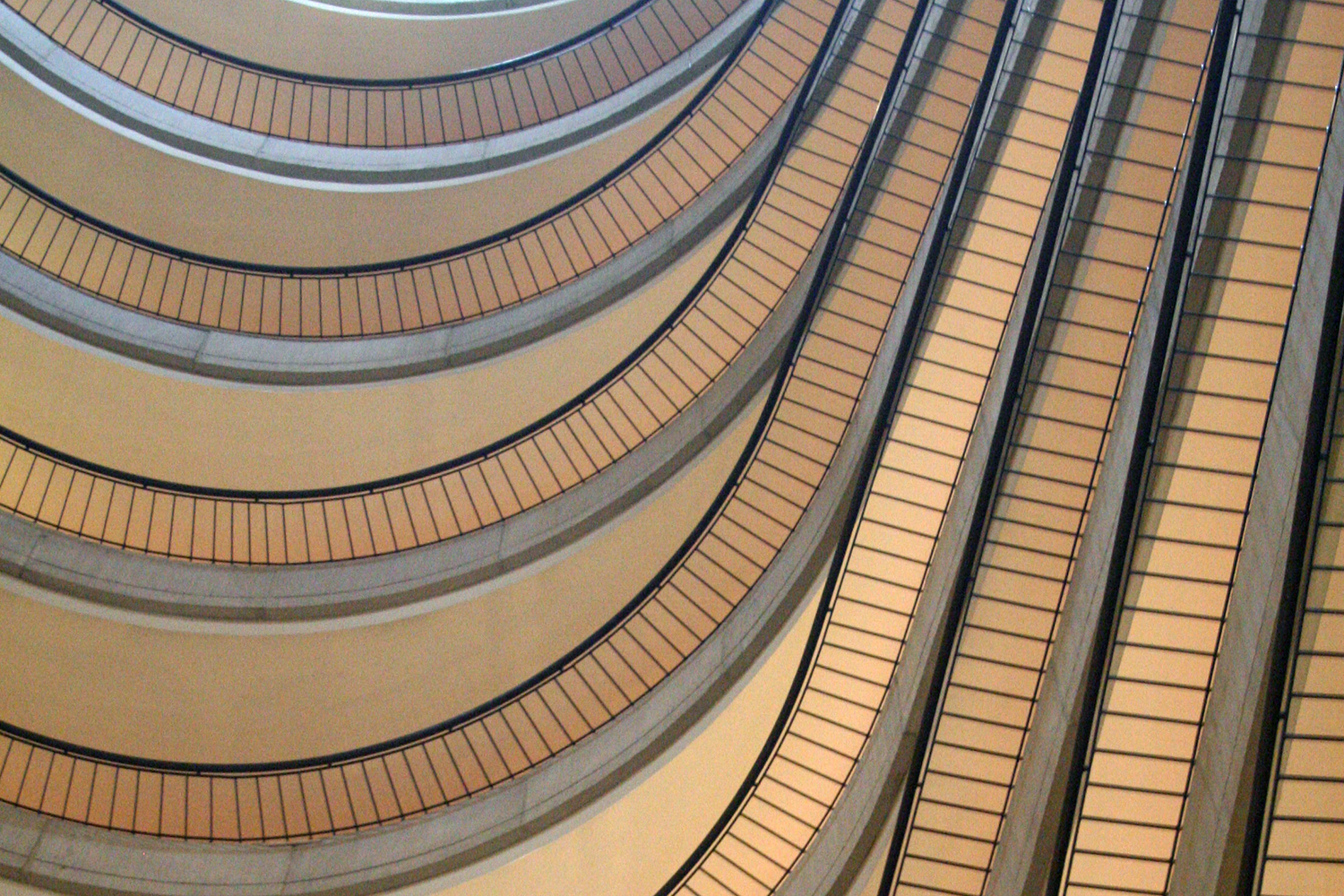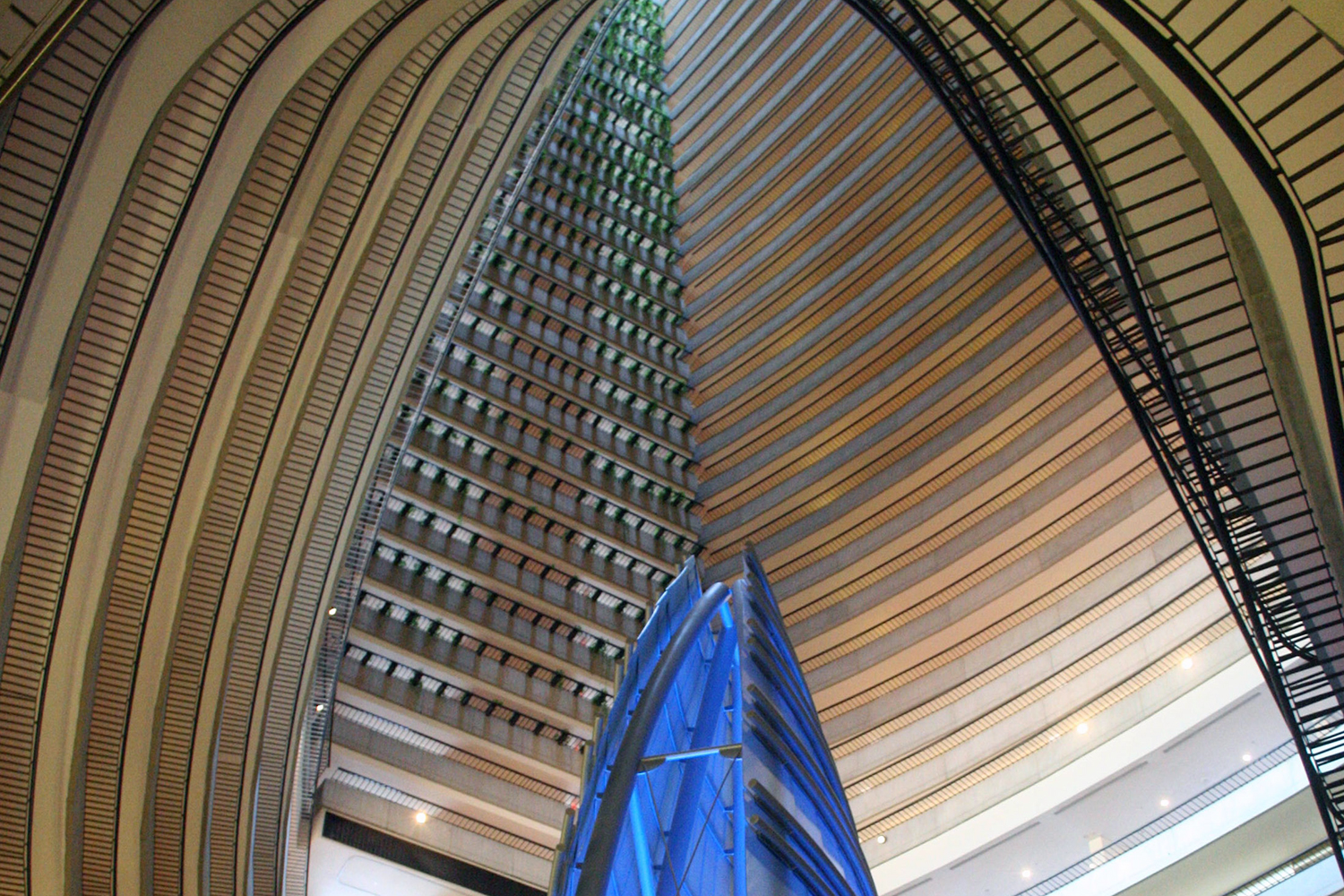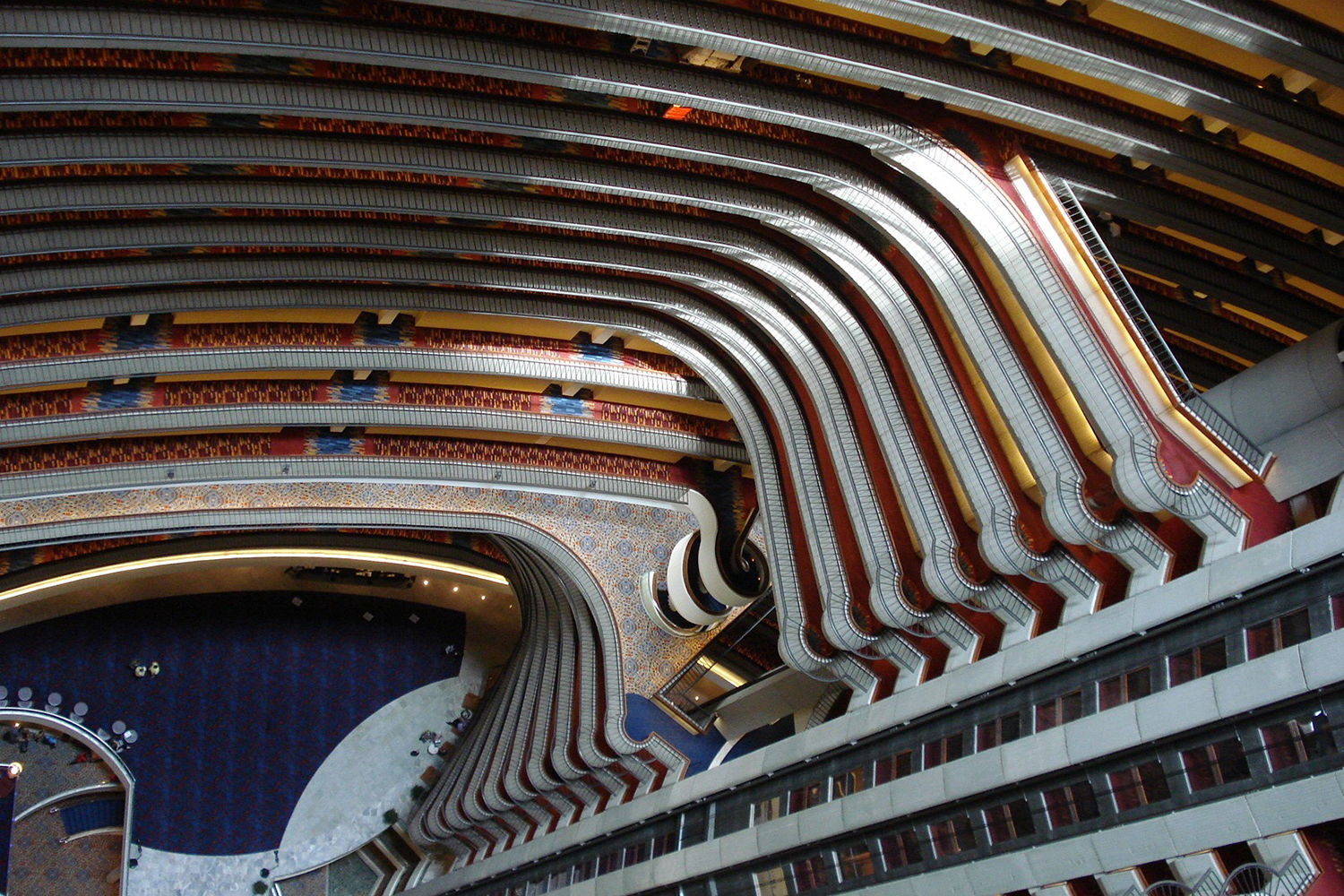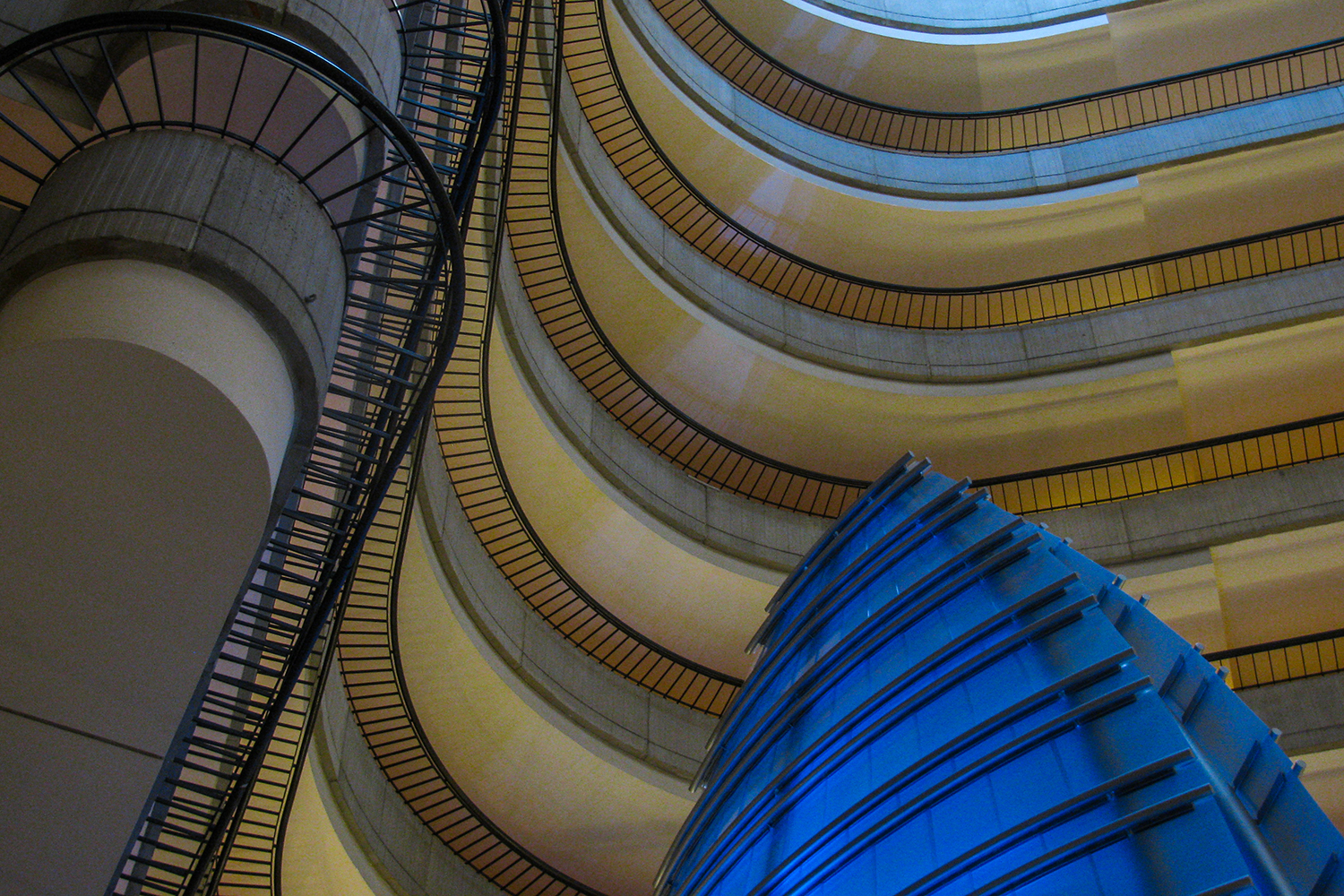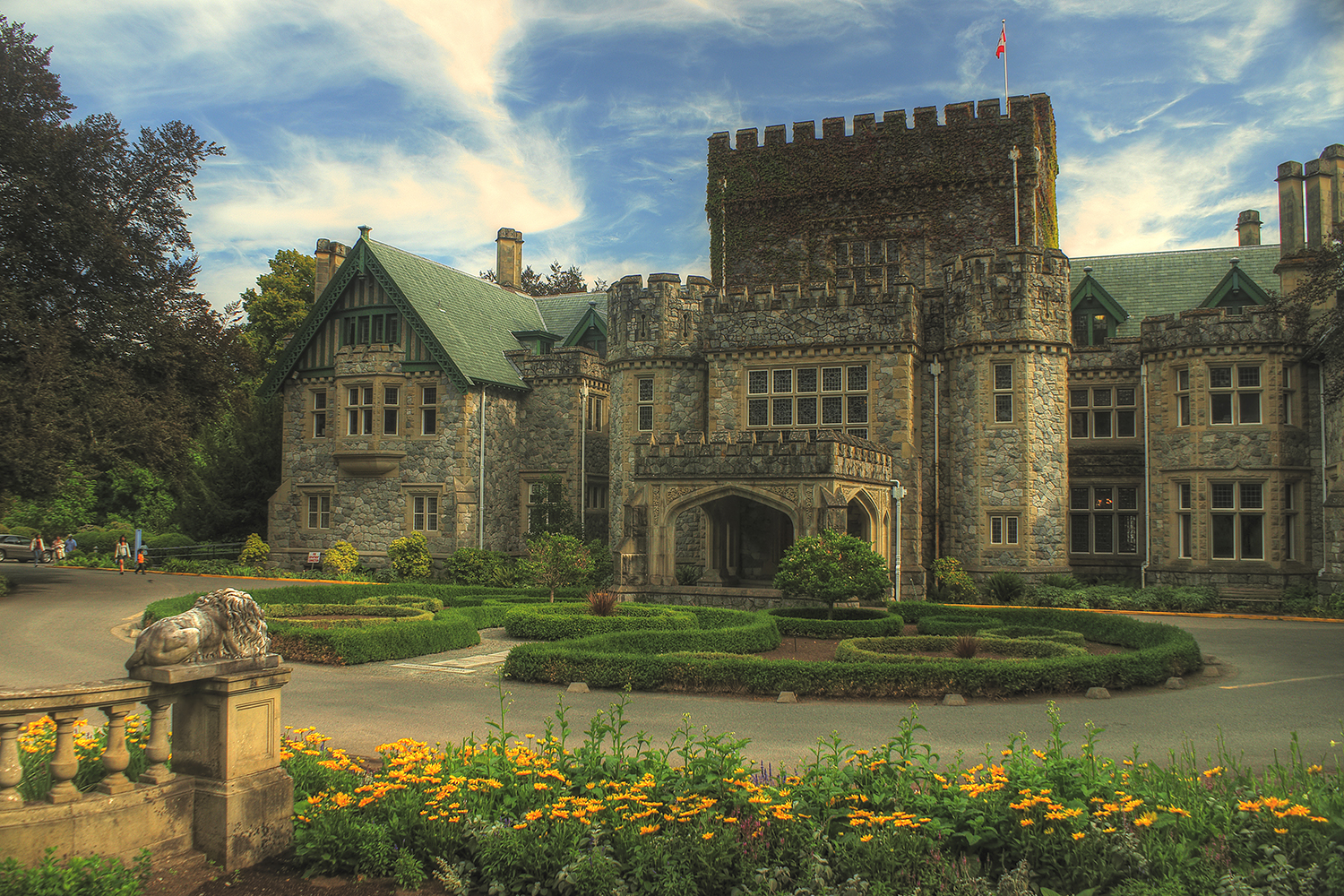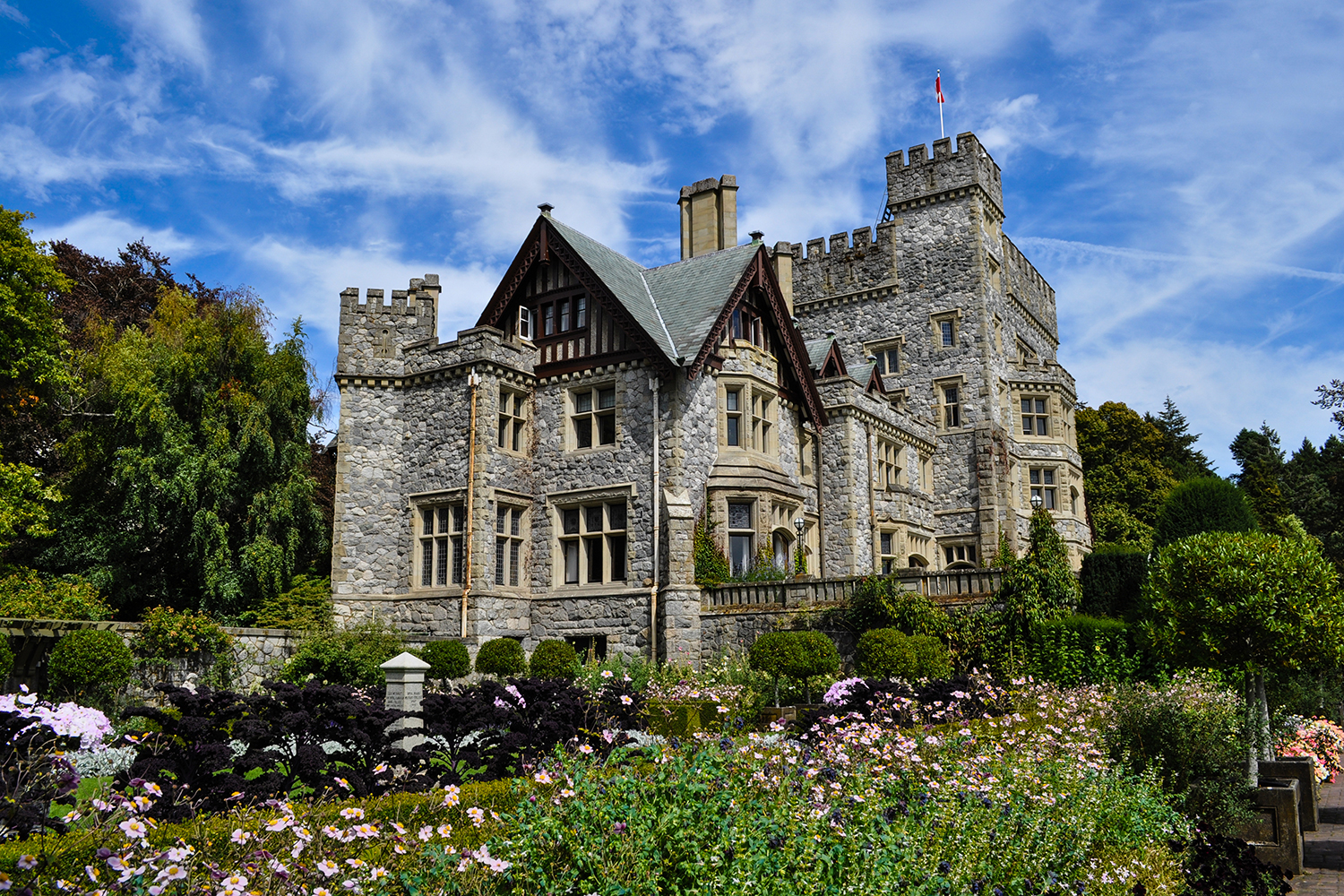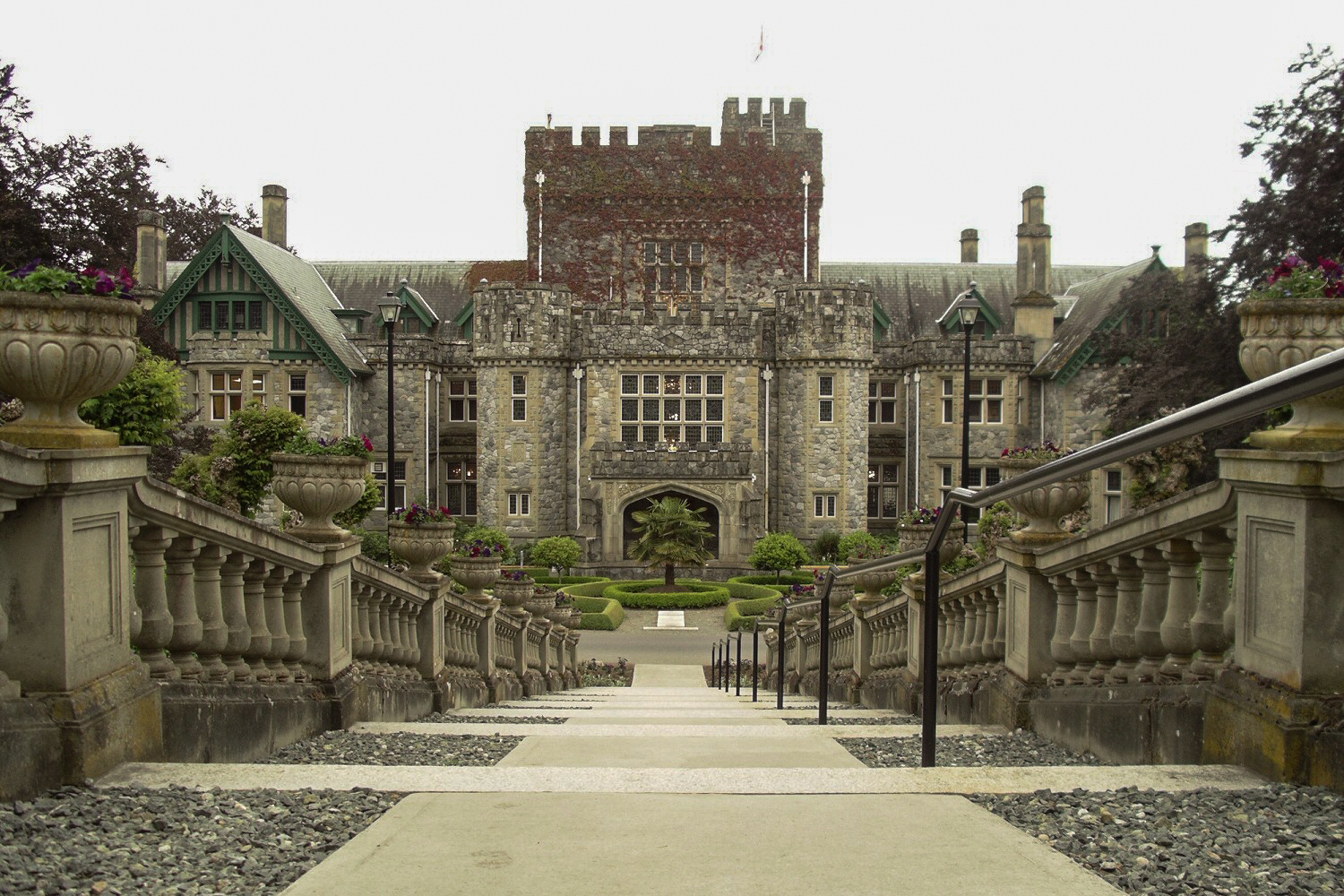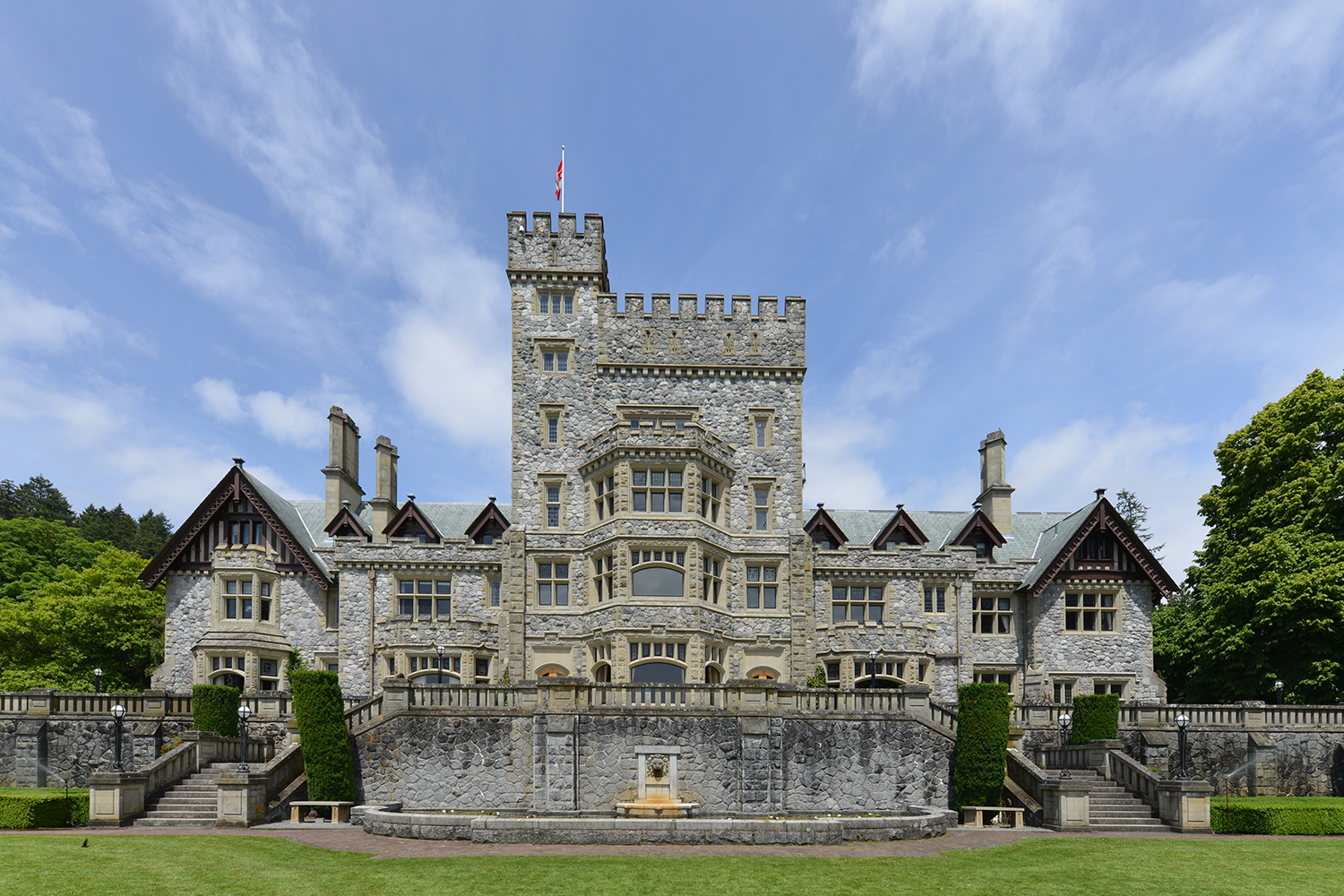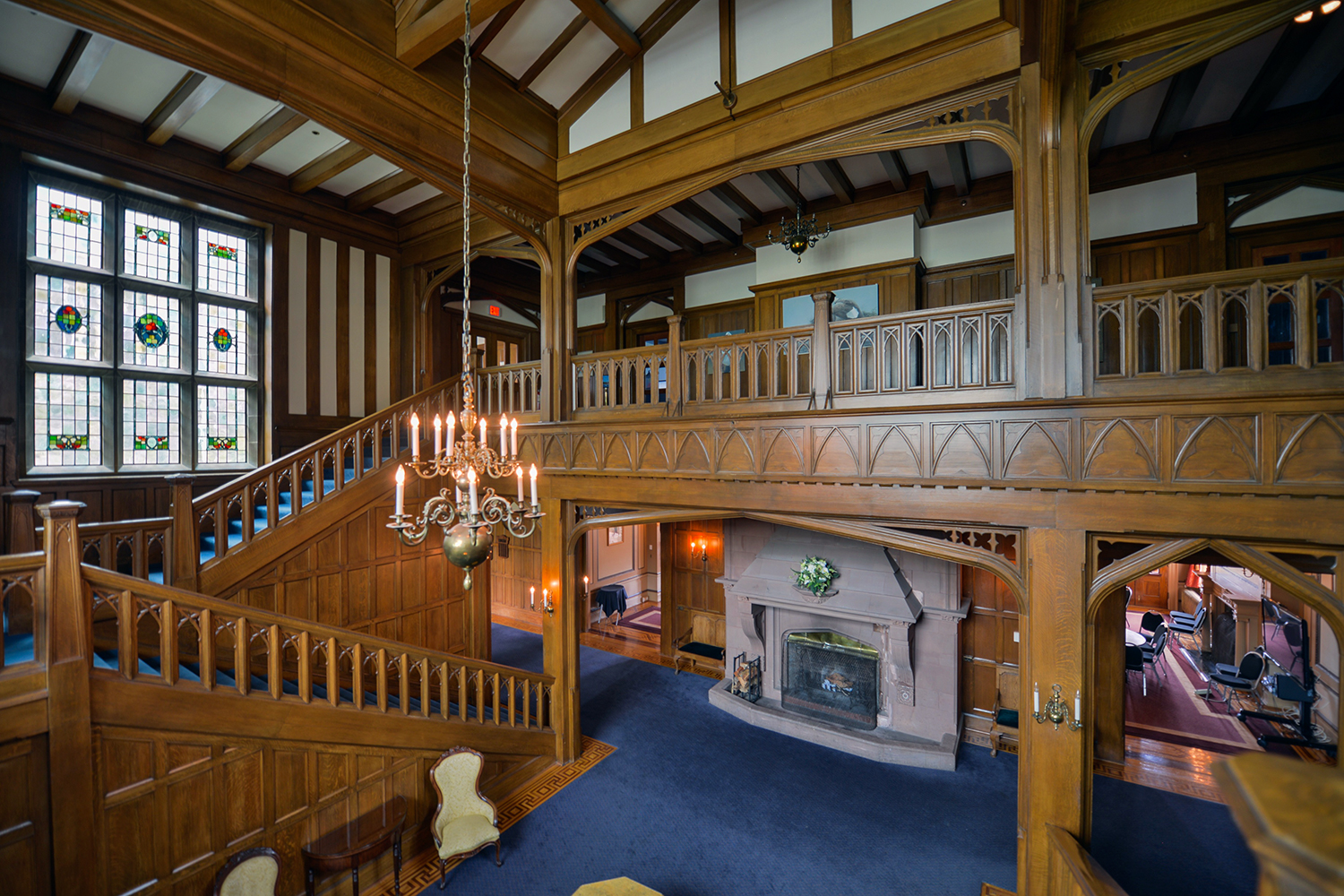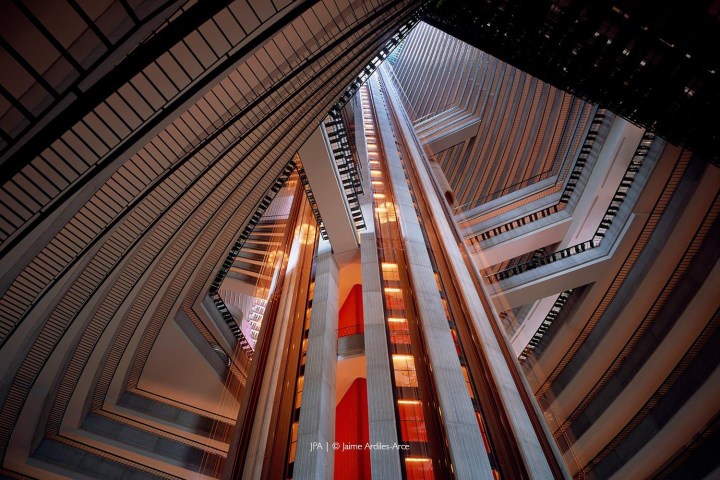
So, while sci-fi and fantasy flicks transport us to far-away worlds, many of them might just be a quick drive near where you live. Here are 10 real-world places you can travel to – time machine or spaceship not required.
Star Wars (Tunisia)
Despite taking place in a galaxy far, far away, the locations in the films were shot on Earth (to a lesser extent in Episodes I, II, and III, which relied heavily on special effects). The filmmakers used a variety of locales, from the Palace of Caserta in Italy (stand-in for the Naboo Royal Palace in The Phantom Menace and The Attack of the Clones) to China’s Guilin mountains (Wookie homeworld of Kashyyyk). But it all started in Tunisia, where George Lucas shot most of the scenes on Tatooine for the original movie, including the town used for Mos Eisley.
The U.S. Department of State is currently advising Americans to exercise extreme caution should they decide to visit Tunisia. If you want to remain stateside, head to Dante’s View and other sections of Death Valley National Park, which served as additional scenes of Tatooine.
Time After Time (San Francisco)
A fictional H.G. Wells uses his time machine to travel forward into the future, in order to track down Jack the Ripper. He arrives in San Francisco of 1979, and in one scene Wells finds the killer at the Hyatt Regency hotel, which feature an iconic lobby and elevators that were also used in The Towering Inferno and High Anxiety.
Time After Time received several Saturn Awards and nominations. Interestingly, the Hyatt hotel’s architect, John Portman, based the lobby design on an early sci-fi film, Things to Come, based on a story by H.G. Wells.
Gattaca (Marin County, California)
The fantastically sci-fi interiors and exteriors of the buildings in this 1997 film (about a future world where eugenics is a norm) are actually the Marin County Civic Center in San Rafael, California. Frank Lloyd Wright, an architect known for challenging design norms of his time, designed this landmark structure. In fact, the building was highly controversial, including the pink color choice. George Lucas also used the facility for THX 1138 (see below) and Star Wars: The Phantom Menace.
THX 1138 (San Francisco)
This 1971 film about a dystopian future was the feature film directorial debut of one George Lucas. Many of the scenes were shot in the San Francisco Bay Area, including the Caldecott Tunnel for the chase scene. The end-scene was filmed inside the yet-to-be-finished Transbay Tube, which today is used by the Bay Area Rapid Transit to carry passengers between Oakland and San Francisco.
Ghostbusters (New York City)
The Firehouse Headquarters in the Ghostbusters film is so iconic that even Lego has created a 4,500-piece model of it. In the film, the building was abandoned before the ghost hunters moved in, but it’s actually a working fire station in New York City, located in Lower Manhattan. Unfortunately, you won’t find an Ecto-1 parked anywhere inside.
Jurassic Park (Kauai, Hawaii)
Perhaps the unsung star of the Jurassic Park franchise is that beautiful backdrop. The tropical setting in the movies were filmed on location in the Hawaiian island of Kauai, which is as close to paradise as it’s going to get. No, you won’t get to run alongside the Gallimimus, but there will be plenty of exotic wildlife and plant life to ogle at. Kauai has also been used for other science-fiction movies, including Avatar and SyFy’s Piranhaconda.
Lord of the Rings (New Zealand)
New Zealand’s tourism industry capitalized on Lord of the Rings mania (which included The Hobbit trilogy). Air New Zealand used the films in its marketing blitz, from paint jobs to safety videos. This is all because director and New Zealand’s native son, Peter Jackson, chose the natural landscapes of his home country as the movies’ backdrop, so heading to Middle Earth is as easy as boarding a 12-hour flight from Los Angeles.
Harry Potter (England)
The Harry Potter franchise blended real locations with fantasy, like the use of the Scottish Highlands or the streets of London in many of the scenes. While Hogwarts, the “wizarding” academy, looks as if it was completely computer generated, some of the exterior and interior scenes were of Alnwick Castle, in England. Interiors of Oxford’s Christ Church College and Cathedral were also used, among other locations throughout the U.K. But you no longer need to travel across the pond to experience the films: Universal Studios in Los Angeles and Orlando have re-created the world of Harry Potter inside their theme parks.
Hunger Games: Catching Fire (Atlanta)
In the second installment of the Hunger Games series, Catniss and the tributes’ dorms in The Capitol were inside a futuristic building with a massive atrium. It wasn’t CGI, but the interior of the Marriott Marquis hotel in Atlanta. If the atrium looks familiar, it’s because the architect of the Hyatt Regency in San Francisco (see Time After Time, above), John Portman, designed it.
X-Men (British Columbia, Canada)
The X-Mansion, Professor X’s private home turned mutant academy, may be fictional (although located in the real place of Salem Center, New York), but the building used in the movies is Hatley Castle, located near Victoria in British Columbia. The castle, part of the Hatley Park National Historic Site, was built in the early 1900s, although it looks much older. The building was also the home of Lex Luthor in the TV series, Smallville.
